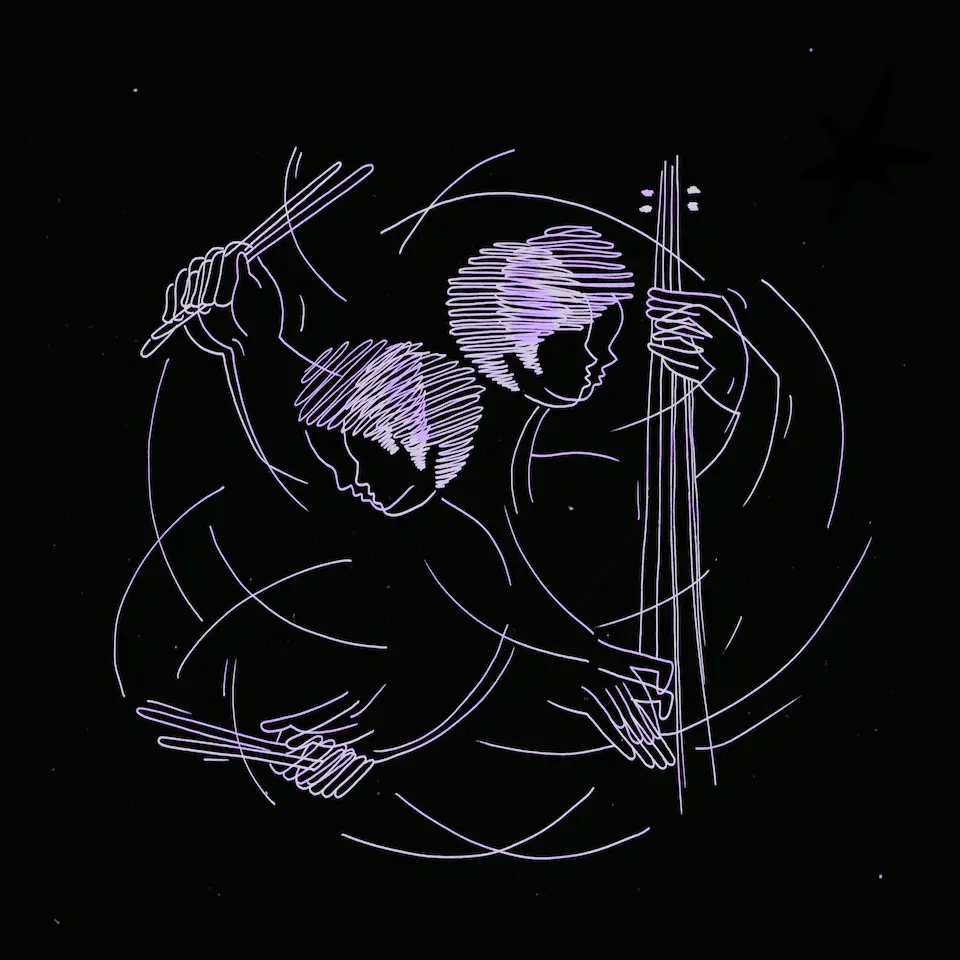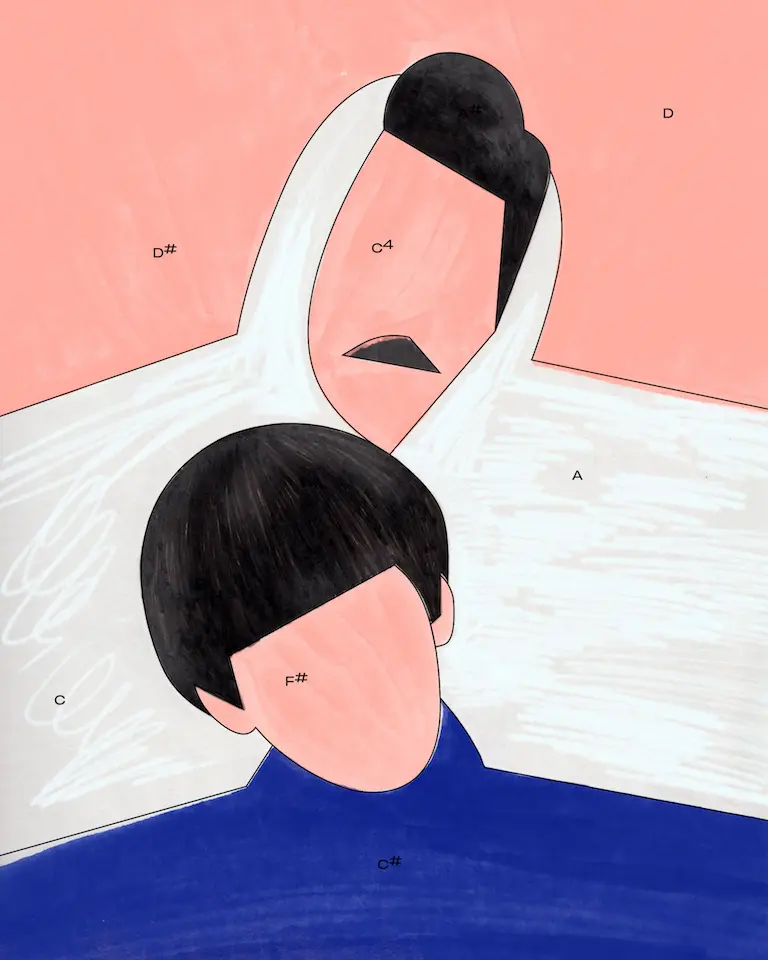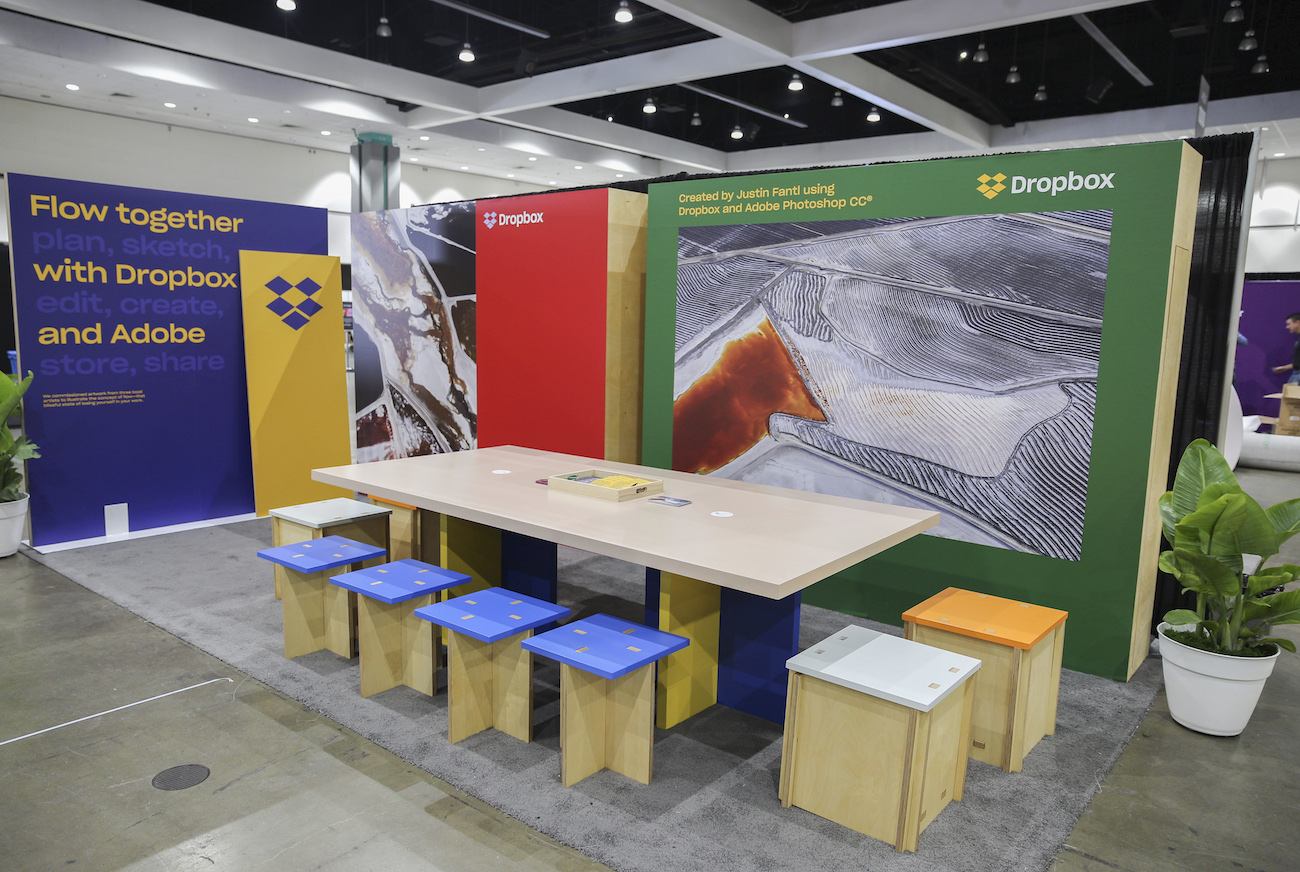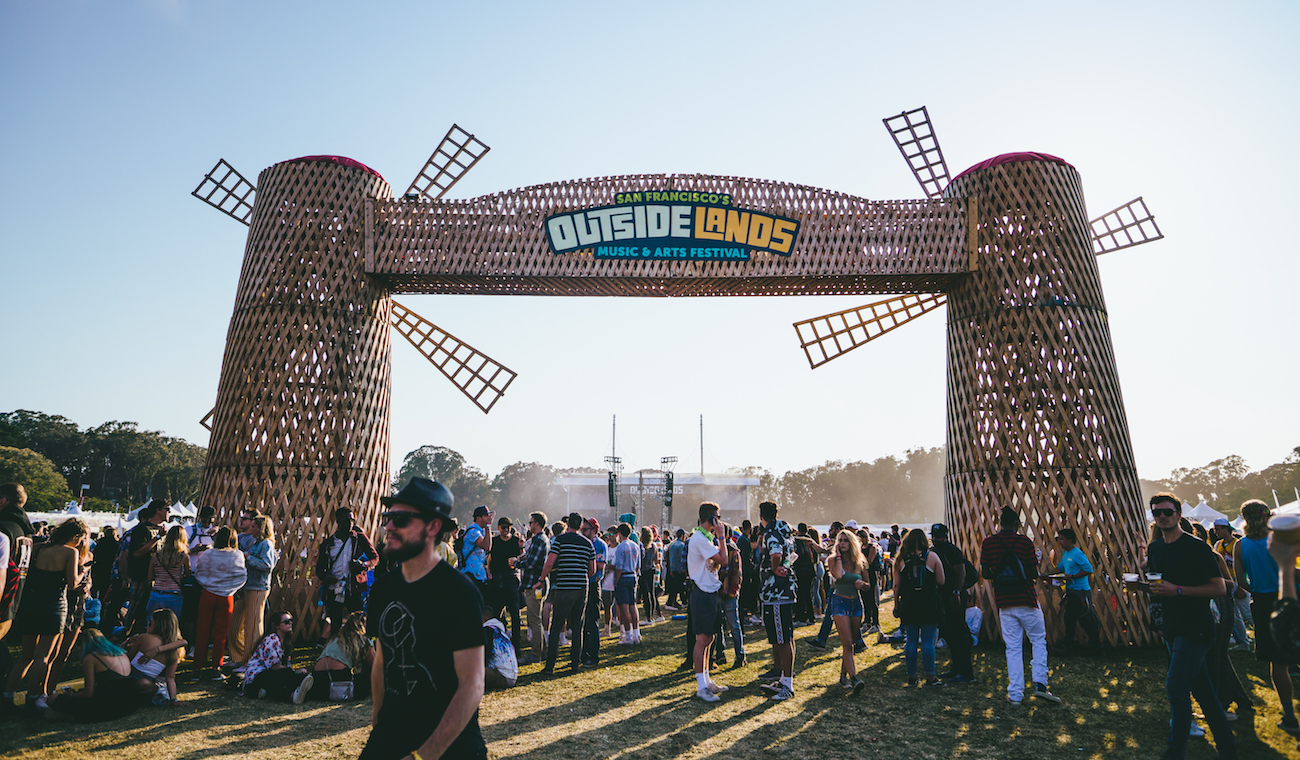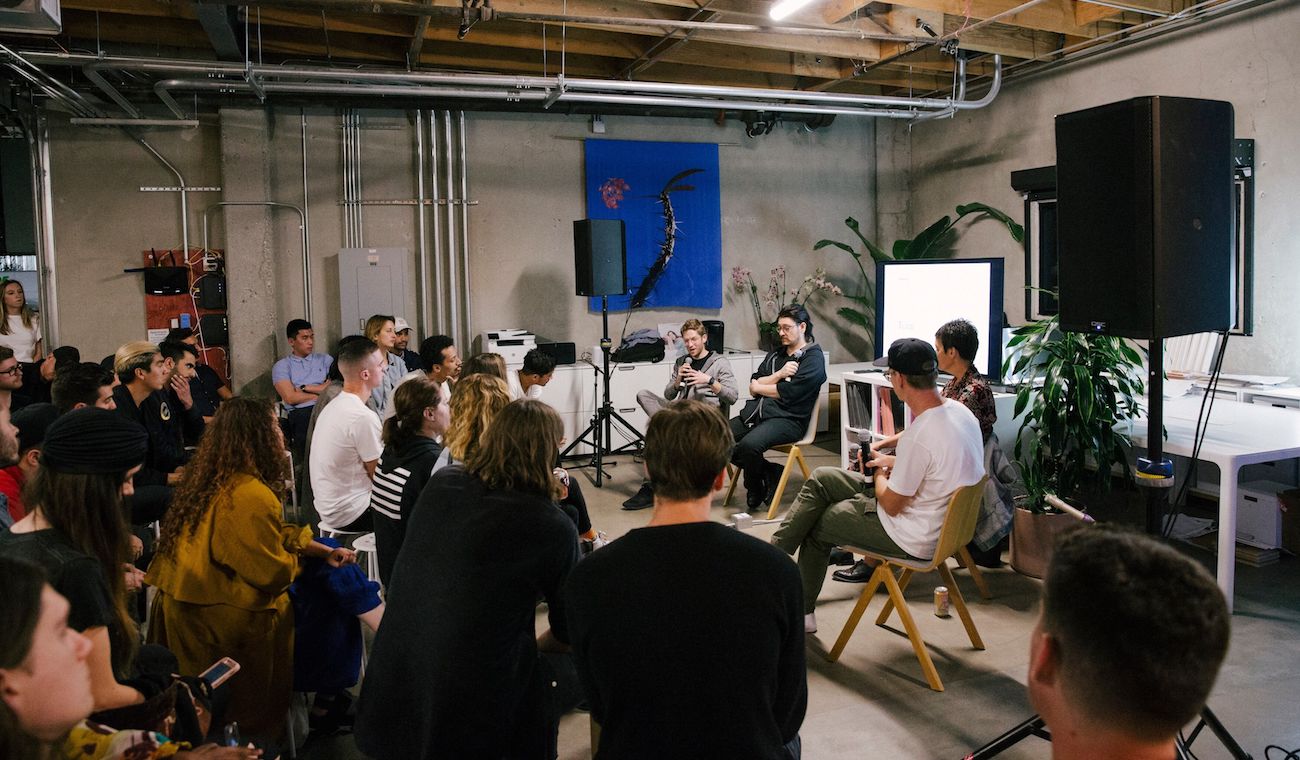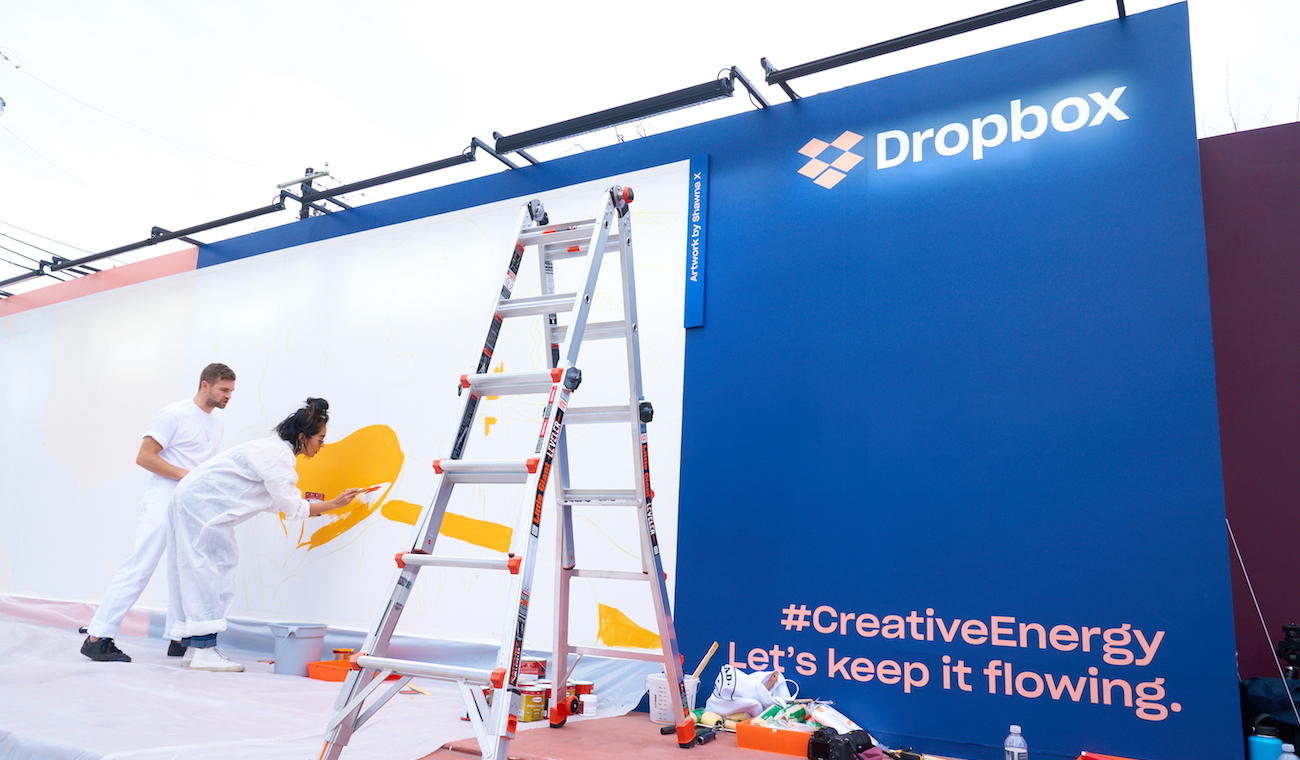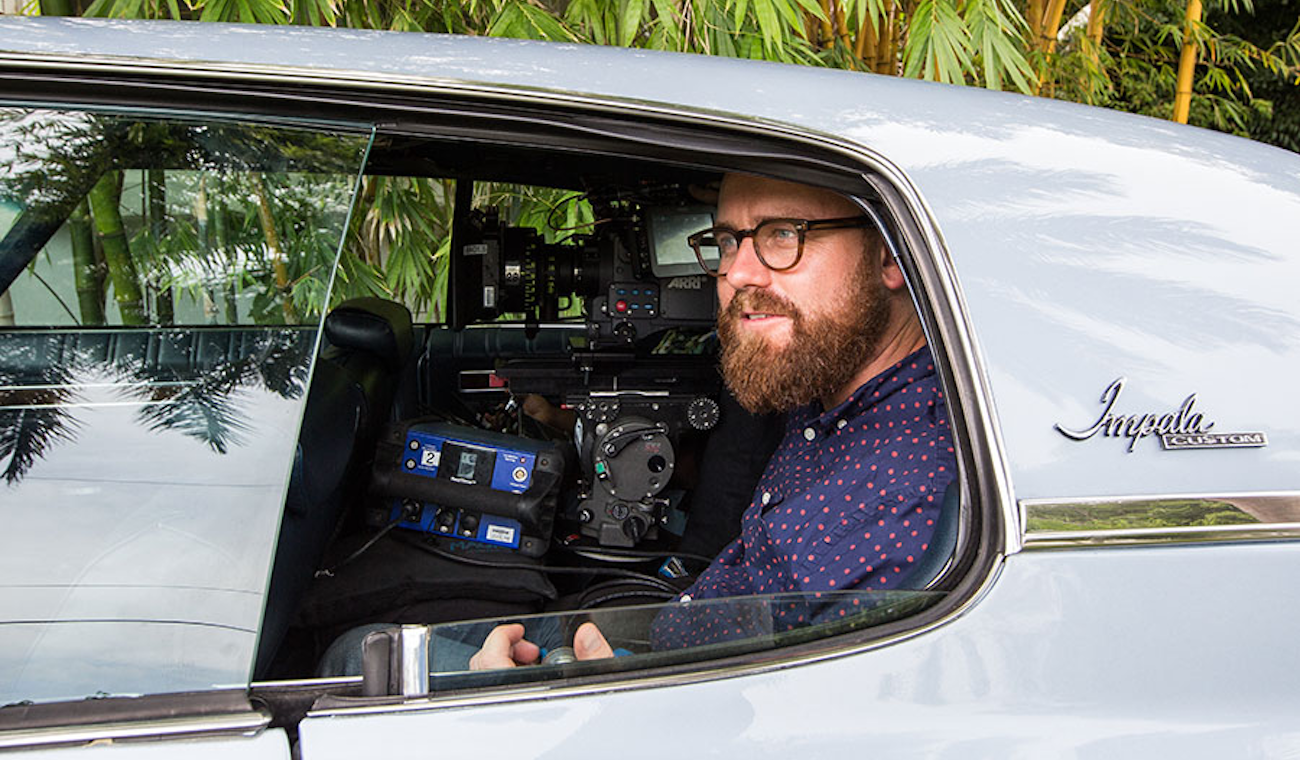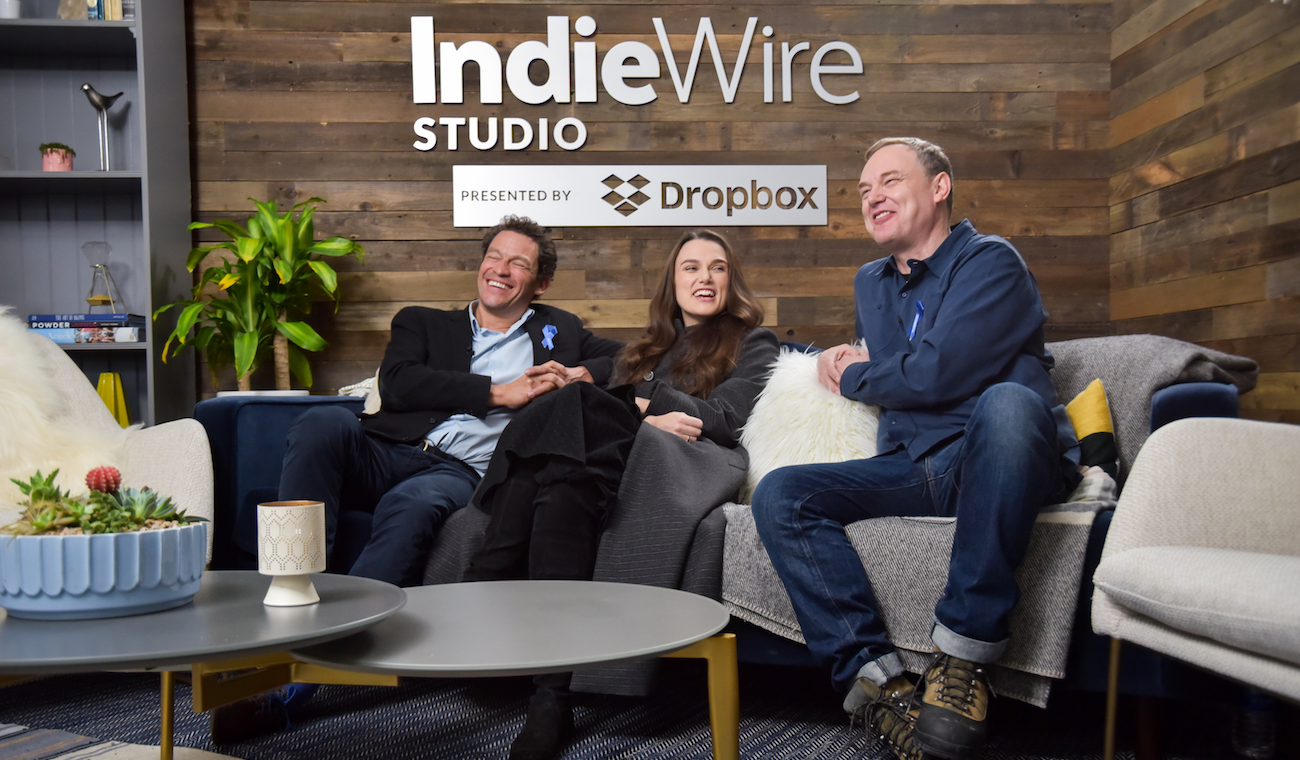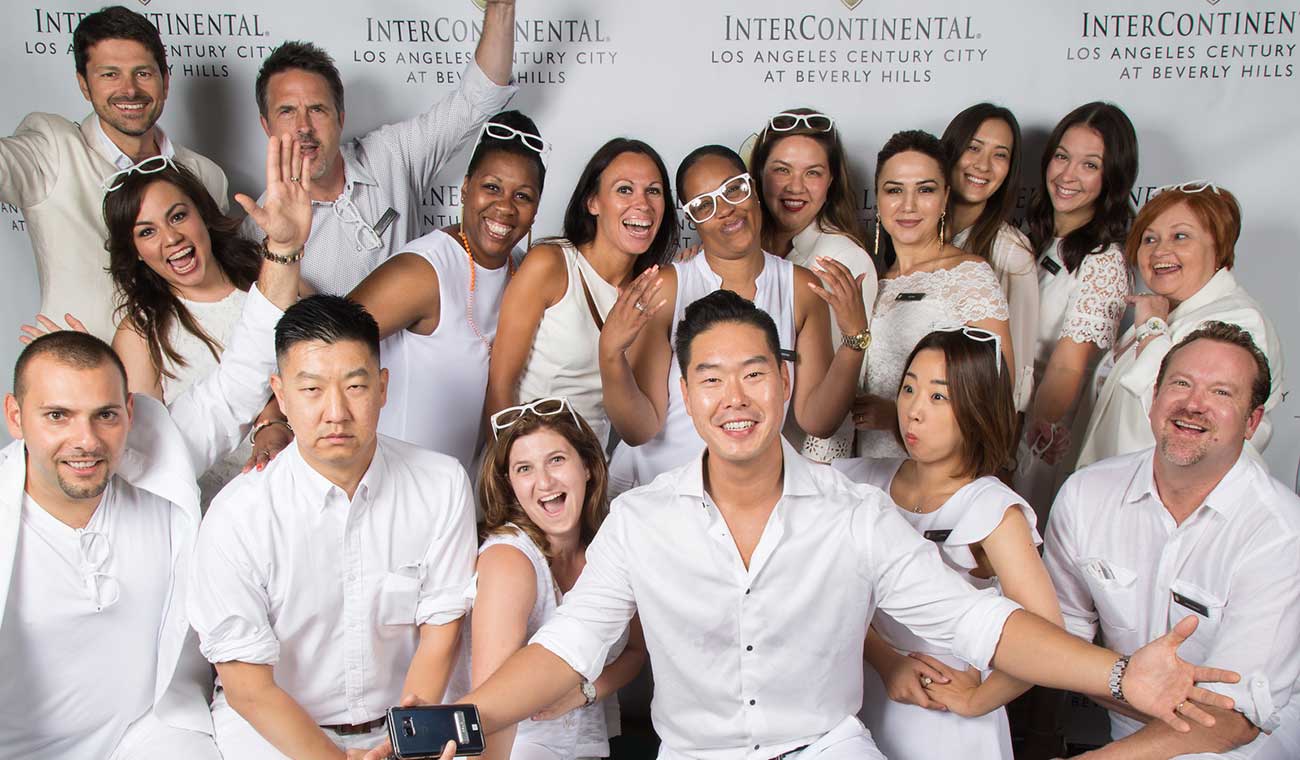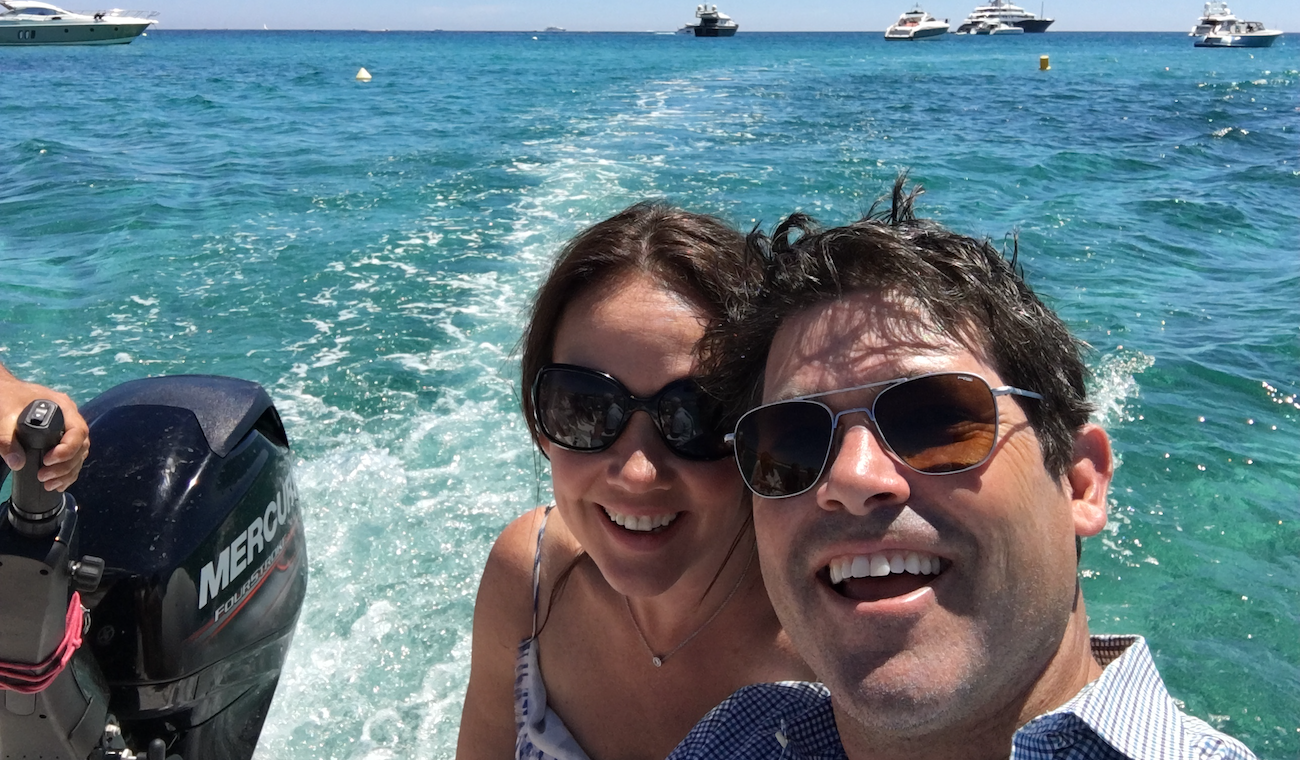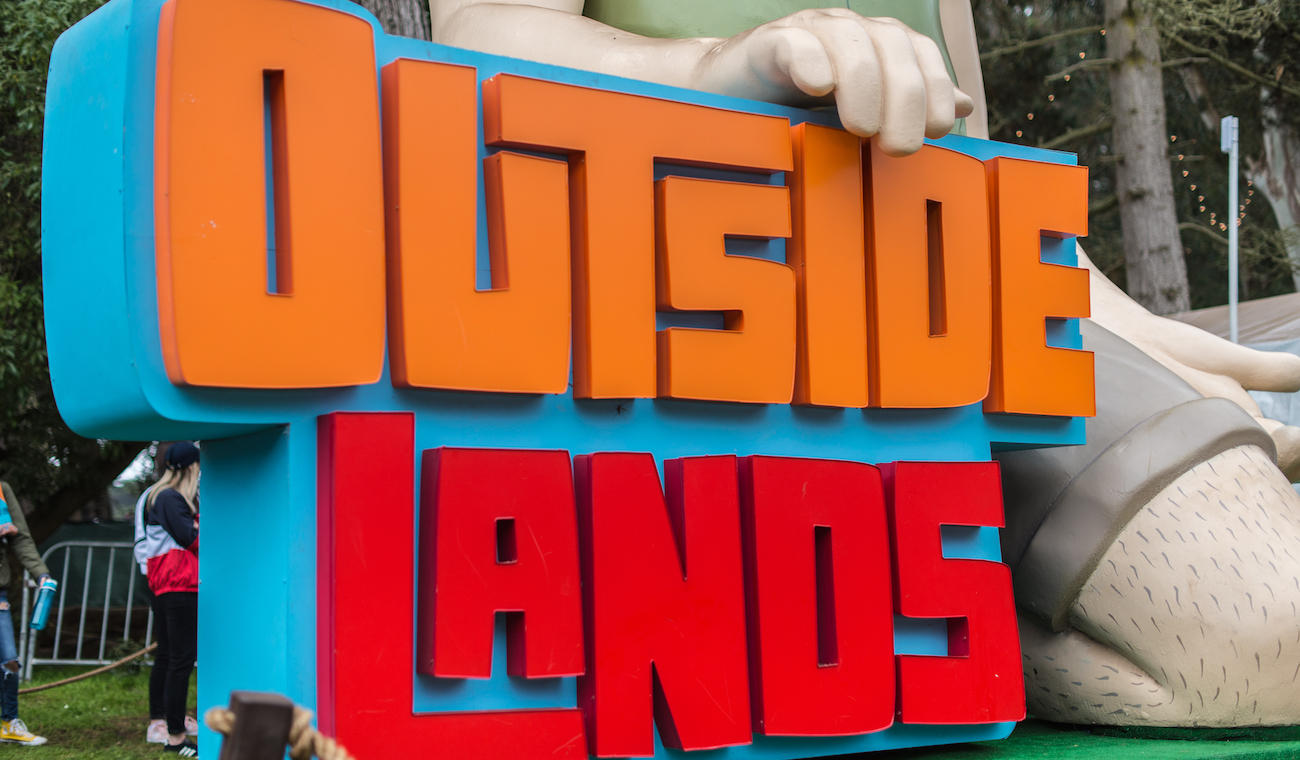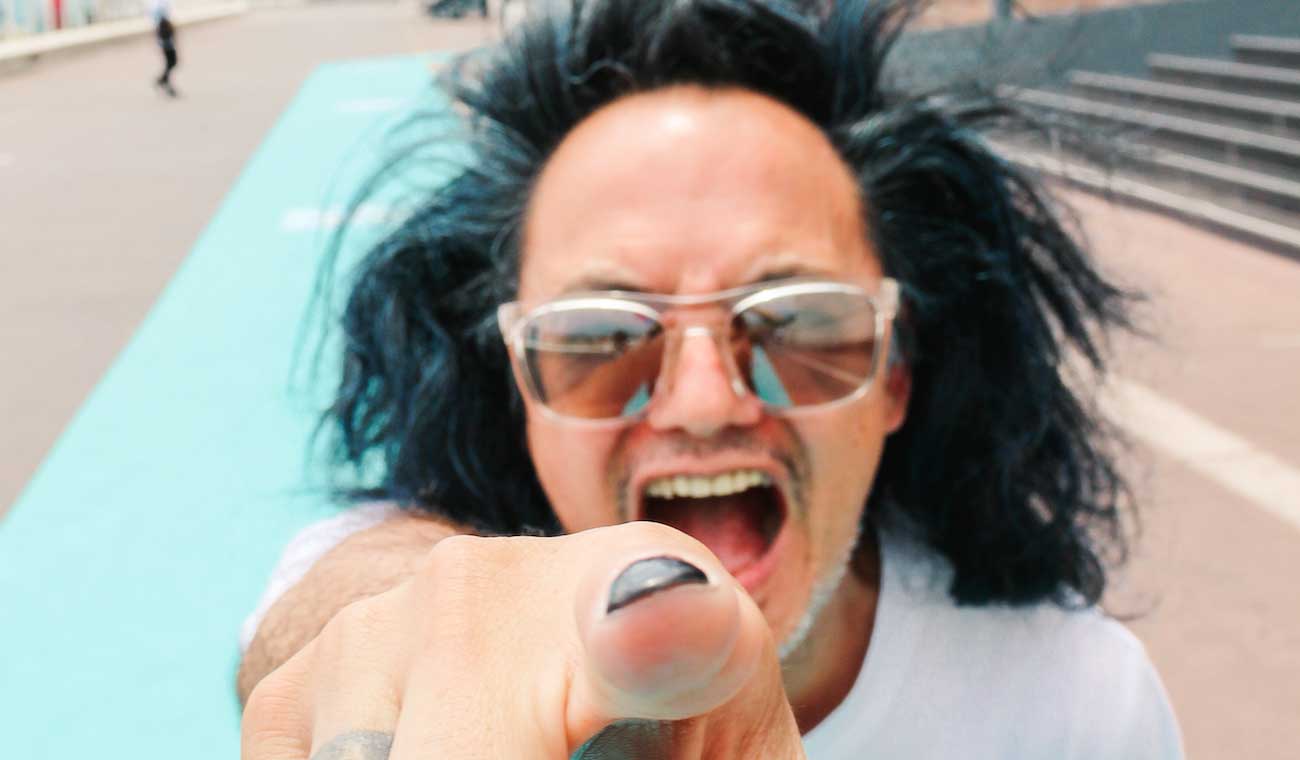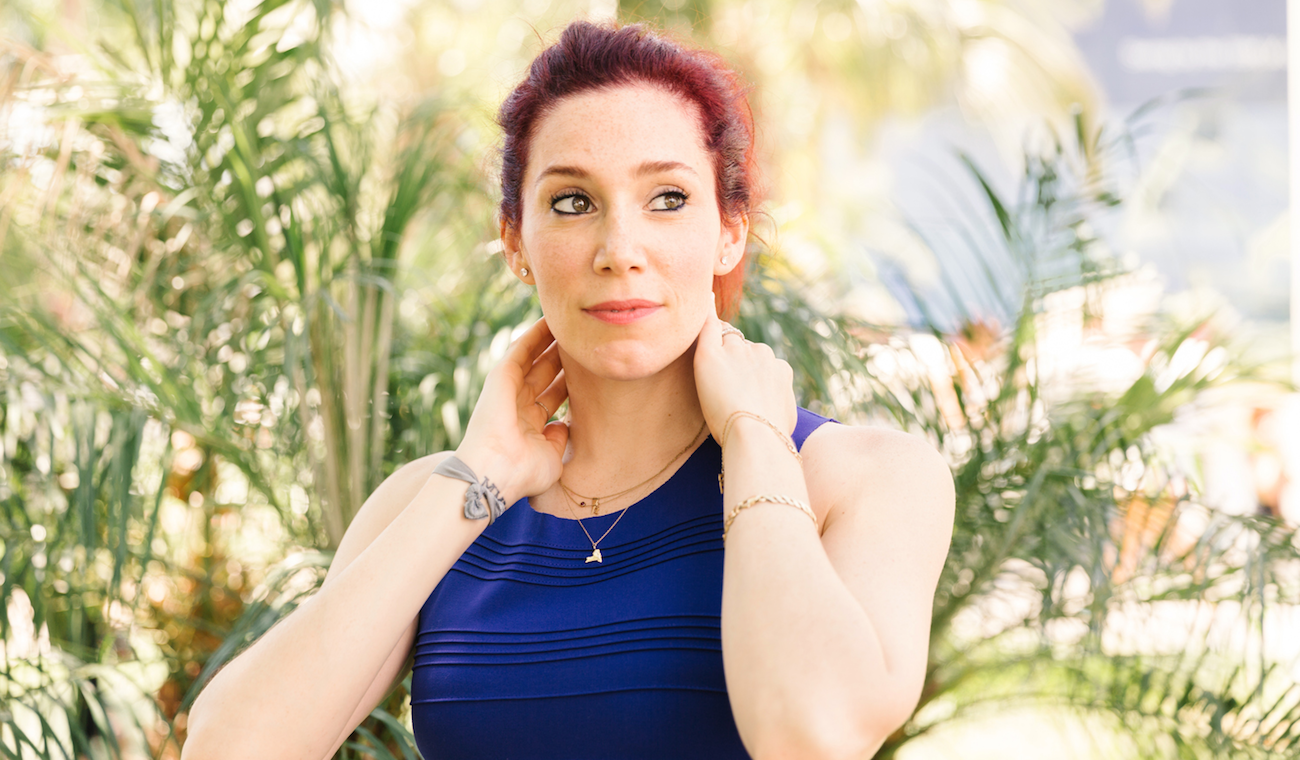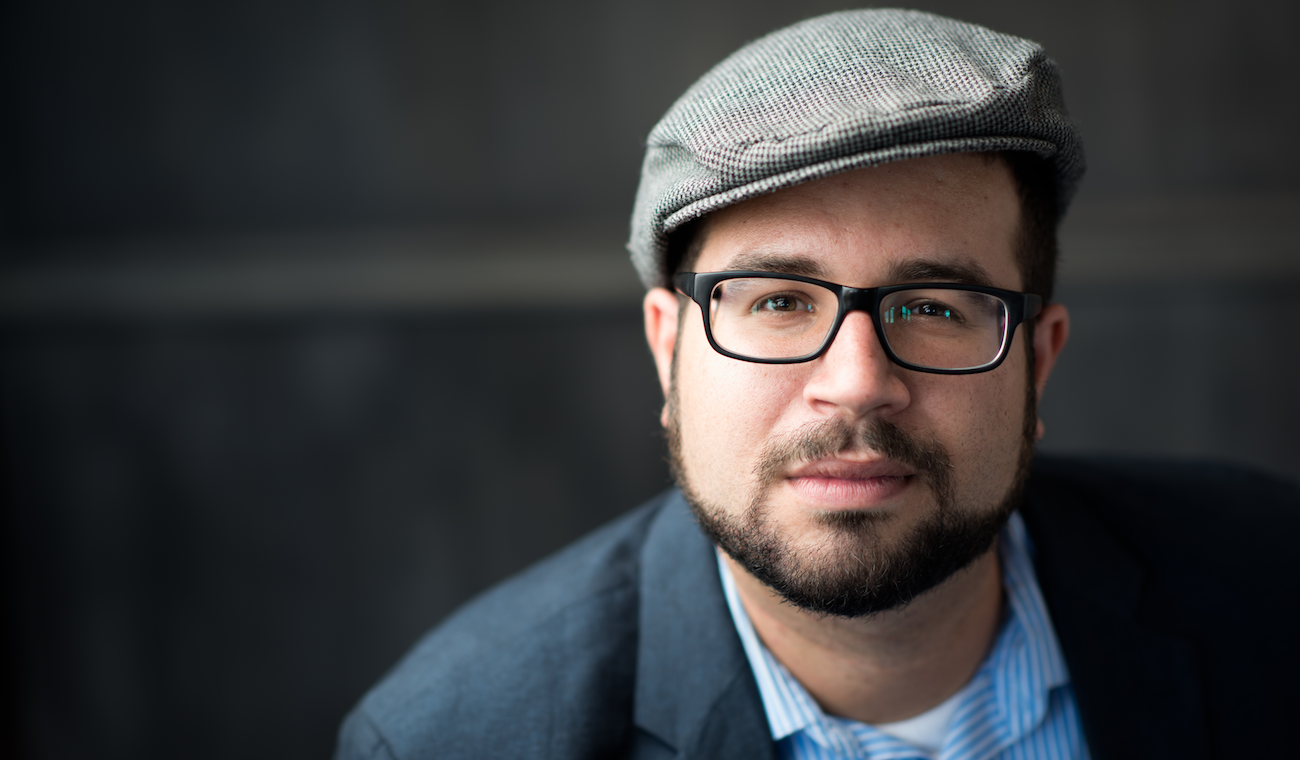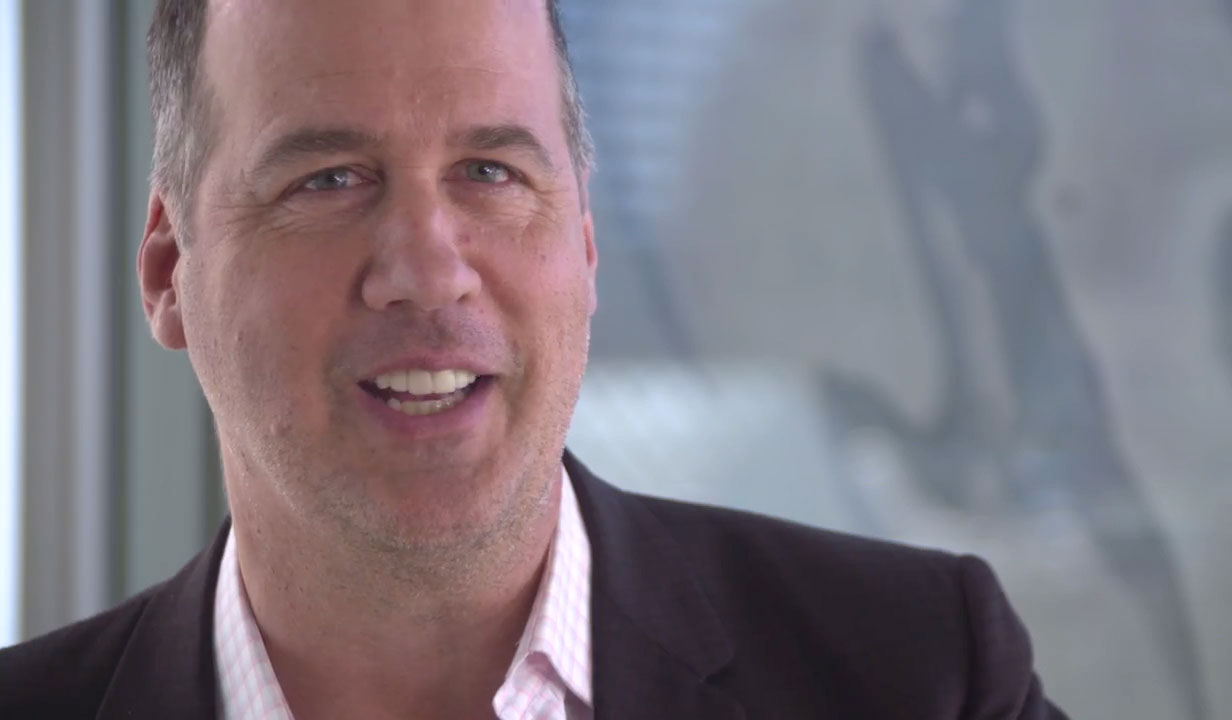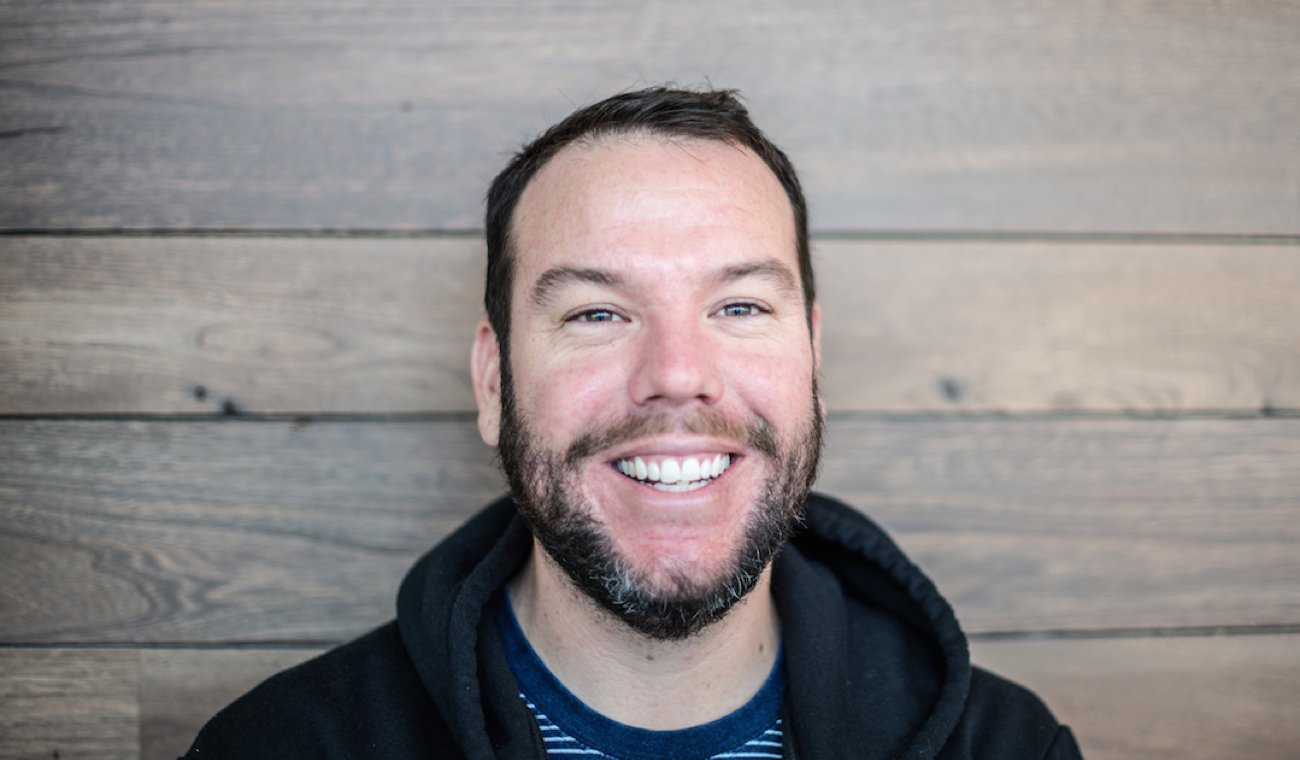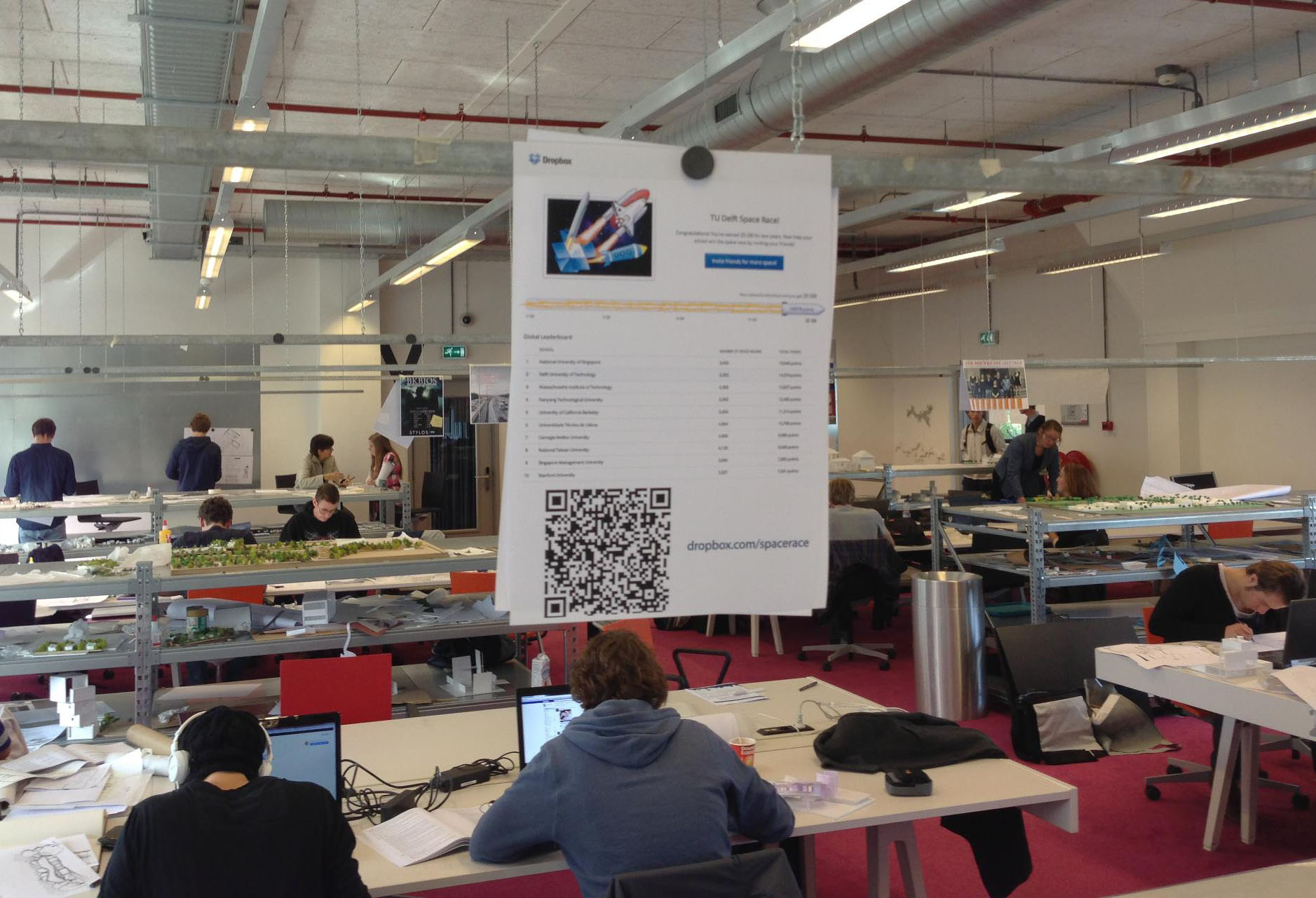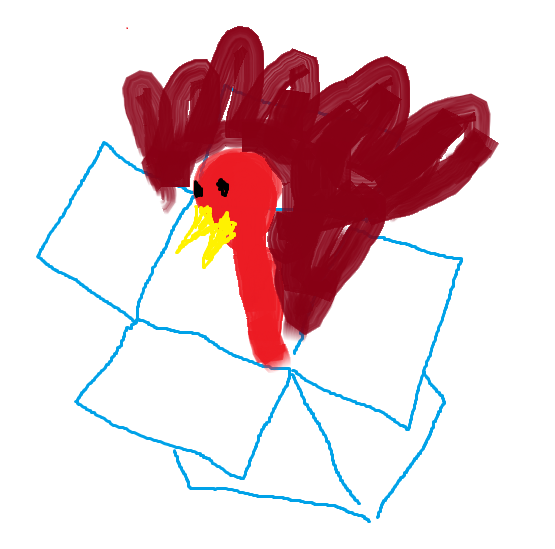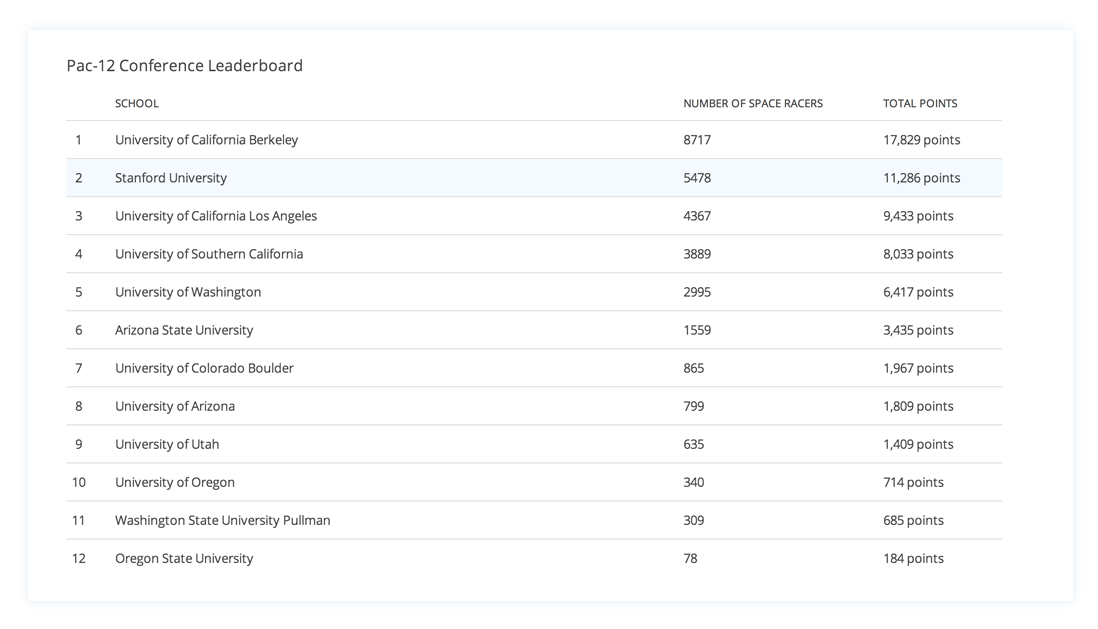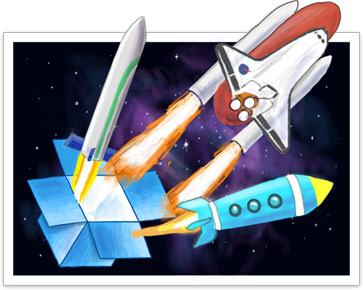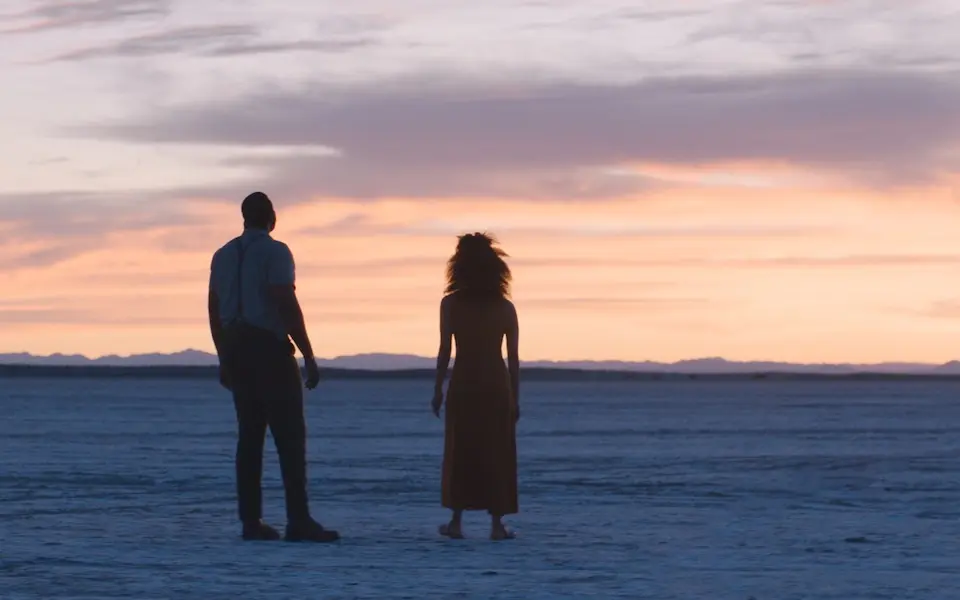
Sundance 2020: Kwesi Collisson on making magic and managing complexity for Nine Days
Published on January 21, 2020
When you imagine an executive producer at work, you might picture Hollywood power lunches and endless pitches from aspiring directors. But the actual work of an executive producer can be a lot more complex.
In addition to his role as executive producer for films such as Kilimanjaro, Conversations with Other Women, and Nine Days, Kwesi Collisson has spent much of his career mastering the hands-on technical skills of writing, directing, casting, editing, visual effects, animation, and more.
In anticipation of the 2020 Sundance Film Festival, we want to find out how filmmakers manage to make movie magic and meet make-or-break deadlines. Given Collisson’s unique background, we wanted to hear how he applied his varied skills to the making of Nine Days, which IndieWire highlighted as one of this year’s hidden gems. Here’s what we learned.
DROPBOX: What inspired you to work in TV/film production?
COLLISSON: I've been inspired ever since I was a young kid to try to produce movies. So it goes back to my youth. About 20 years ago, I moved to New York City and started in the commercial advertising world. I quickly learned all of the tricks of the trade for post production, editing, and visual effects. I've worked on a lot of shows that were starting a new wave of democratization of post production workflows using After Effects, Adobe Premiere, and other editing tools.
I quickly moved up through the ranks as a producer into the broadcast world, working for TV networks. What makes me sort of unique is that, as a producer, I had all these hands-on, technical skills—not just writing and supervising and overseeing the process, but also actually being an editor, VFX artist and animator, right before the term “preditor” came around.
I also grew up through the ranks of digital workflows, the very early days of capturing images and video and motion animation on digital cameras. I was always into trying to figure out new methods and practices, trying to make things simpler, easier and adding more creativity to the process. After implementing and streamlining digital workflows in the commercial and broadcast world, I applied them directly to the film world. Producing Conversations with Other Women was my first foray into feature film digital workflows. On this film Steve Yedlin, our DP, collaborated with myself and Jaron Presant to create an innovative shooting and post workflow, using customized LUTs to maximize the range from the compressed digital cameras. I was one of the earlier above-the-line producers who had the wisdom, experience, knowledge, and skills of shooting a production all the way to the delivery, whether it was a feature film, short form content, or a commercial.
"What drew me to the project was the script. I knew right away. You pick it up and you read it and don't put it down until you're finished. It was unique and pretty amazing."
What attracted you to Nine Days as a project?
The script. I had just completed a good run of advertising work in the late spring. A few days later, I got a phone call from two friends and fellow producers, Mark G. Mathis and Jason Michael Berman. They knew I had the rare combination of technical skills for production and post-production to be able to handle something this complex. I was originally brought on as a post production supervisor and within a few weeks, I ended up as a producer getting on a plane to join the shoot in Utah. I was brought to Salt Lake City to help oversee producing the TV wall and projections that were a centerpiece for the story in the film. The film quickly became incredibly complex with 30 TVs and a projector full of content that needed to be shot in multiple formats from across the hemisphere, produced with VFX, editorial and managed in a complex playback setup all before principal started. The time frame to execute the content for playback was only a few weeks. We were lucky to have a talented and hard working team in post including our Associate Editors Zack Boger and Phillip Kimsey.
But really what drew me to the project was the script. I knew right away. You pick it up and you read it and don't put it down until you're finished. It was unique and pretty amazing. From the technical aspect, the point of view of it, I was like, ‘Wow, this is super cool and different, very different.’ It was a huge challenge to get my hands around so many different aspects of the project, from shooting and production, all the way through to post and visual effects. The challenge was extremely appealing.
What made the production unusually complex?
The centerpiece is this TV wall. It's set in a living room where the main character is evaluating people's points of view of their lives. We’re looking through their eyes, kind of taking a Being John Malkovich approach to people on these TVs. You had to create all that “POV” content. There's many ways you could go about doing this. But to give this natural look from the perspective of visual effects—and also for the performance of the actors playing off of the TVs—we wanted to shoot real TV content, in-camera, as much as possible on set.
Our POV units included Sao Paulo, Los Angeles and Utah. It was a huge undertaking to get everything shot and edited ahead of time, to create a mini workflow for visual effects that pertain to those TVs. The actual playback of the TVs was very important. Early in the process, we had to work that out with the help of Gaylen Nebeker who had perfected his formula of 24 frame playback while working on The Mandalorian and the Avatar sequels.
How did you coordinate with other members of the crew throughout the production?
I started off in New York trying to put together all of the vendors in place for the post production. Then I started coordinating with people for the Utah POV shoot. Dropbox was a great tool for us to be able to have all the production sound reports, camera reports—anything that the production office was providing us—to put in this centralized place so we could have access to it in the New York arena with our editor and assistant editor. It was really important for us to be able to coordinate in one central place where we had all the documents, so we're not duplicating anything. We could always rely on it being in a certain place at a certain time.
How much were you working via remote collaboration?
We literally had a full post production team up and running from the very first frame of the picture that was shot of POV footage in late June, going all the way until a few days (before) principal photography was completed in early September. So one by one, we all started leaving New York City and joining the main team in Utah. For me, I was working remotely until a week before principal started. At one point I was actually in France, working from Brittany. Centralized and shared documents, Skype, FreeConferenceCall.com and my MacBook Pro all helped me work remotely. However, I had about 4 hours of sleep a night being stretched across 9 time zones.
"What I’ve learned over the years is that the persistence factor plays the most important role in coordinating all of these things."
How do you manage distractions during your daily workflow?
From the outset of a project, I prioritize what I need and what I don't need. I turn off notifications for anything I felt could be distracting. It depends on what kind of production I'm doing. For live productions—which I've done for Facebook and Apple and Google—Slack has been a really good tool of communication. I’ve used it at places like Skywalker when finishing mixes as well as at PBS News Hour here in New York City. Slack is popular to coordinate interactions and communications almost like live chat rather than emails. Slack also makes archiving and doing searches for any files we’ve transmitted back and forth very simple and fast.
Emails can be overwhelming. I just finished a Netflix film, The Last Days of American Crime, so there was a lot of overlap between both projects. It was crazy. Post production supervising, and producing—having this sheer volume of emails that come back and forth can create chaos. You reach a certain point where you just train your brain how to multitask. That's kind of how you manage it.
What were some of the biggest challenges you had to overcome?
What I’ve learned over the years is that the persistence factor plays the most important role in coordinating all of these things. No matter how many times you check with someone, it’s best to follow up and follow up again. Hopefully you can throttle back if you have reliable people on the team. You kind of pocket things in the back of your head and swing back around as deadlines get closer. You double check. You triple check. It applies to just about everything, including whether the car service for talent has the correct pickup address for ADR or if the post house is outputting the correct frame rate or color space.
"It is rare to assemble a team with this much talent who all get along so well together in a highly energized, time-crunched environment."
Specifically with Nine Days, we had a goal of finishing all the content for these TVs right before we started shooting principal photography. But lo and behold, it was so complex and so overwhelming for all the departments that the TV content post process lasted until a few days before the end of principal photography. For some situations we were still editing, producing visual effects and color work until hours before content was to be shot on set.
The reason we brought the editor, the assistant editor and the second assistant editor to Utah with us from New York is because we ended up doing this full workflow of post production throughout the entire pre-production process and through shooting principal photography. Making sure everybody's on the same page, doing this typical approval process with the director and visual effects that were actually in these TVs was super important. Coordinating all that was very complex, but we pulled it off.
What was the most gratifying moment of the experience?
In the last few weeks of editing, we were fortunate to bring Antonio Pinto, the Brazilian composer of the film, to New York. At this point, we had tripled the size for our post production team, racing to get everything completed before locking picture. It is rare to assemble a team with this much talent who all get along so well together in a highly energized, time-crunched environment. Goldcrest NY was our home for off-line and finishing picture. They were incredibly accommodating and instrumental in helping us get to the finish line.
Throughout the last few days of the edit, Antonio was composing for shots that we edited almost on the fly. He’s a rare genius and it was so moving to see him work with the editors, against picture that you just cut. We don't often get to edit picture and compose score in the same room or even in the same country. There were many magical moments where you're just like, “Wow, this is fantastic. We’ve created something really special.” At one point everyone gathered around to listen and see the final beat of the film, everyone held their breath, then came the end credits and then this magical score that hits on a precise beat. Cheers and clapping filled the edit room. That was probably one of my biggest career highs. That afternoon that we locked picture and toasted with a glass of champagne. Fast forward a few weeks and hearing the score at Skywalker in the mix took it way beyond my already high expectations.
Nine Days premieres at the Sundance Film Festival on January 27, 2020.
To learn how filmmakers are using Dropbox to simplify collaboration and work efficiently through every stage of the production, check out dropbox.com/film.


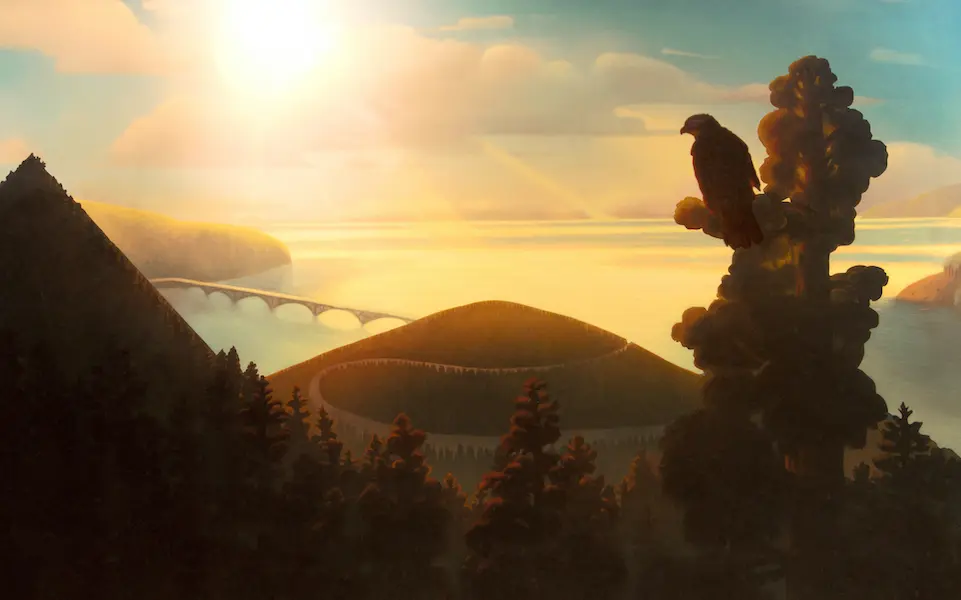
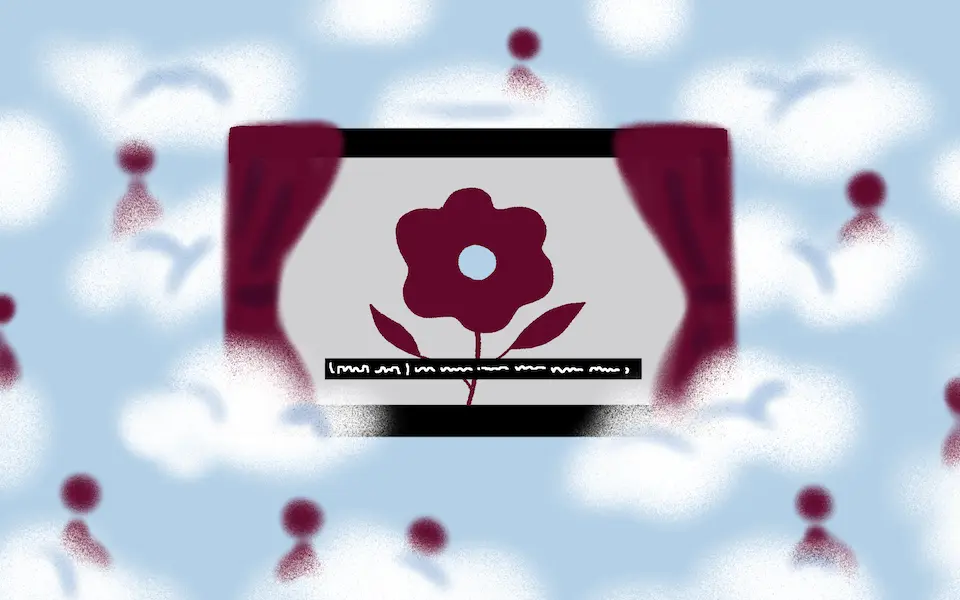
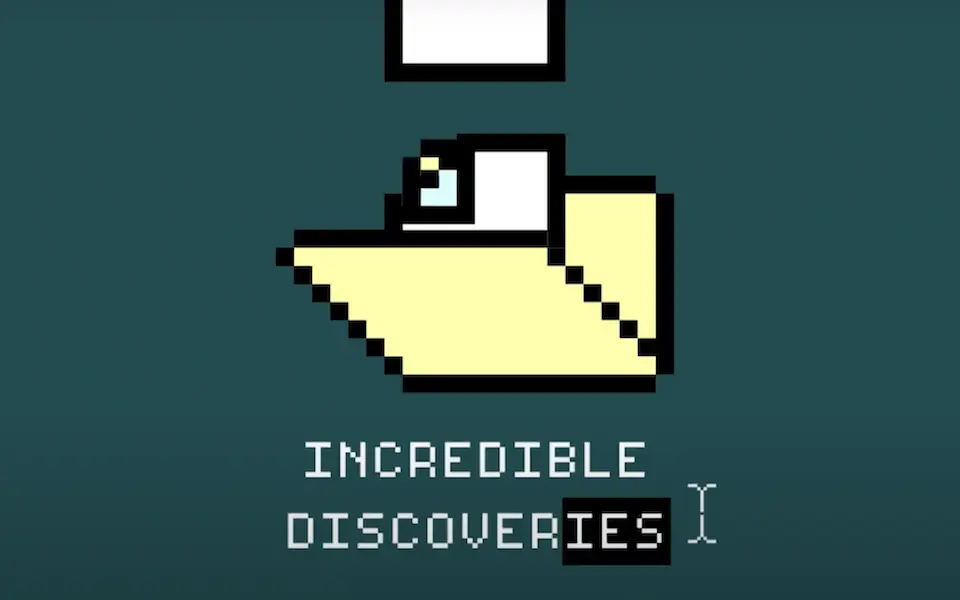
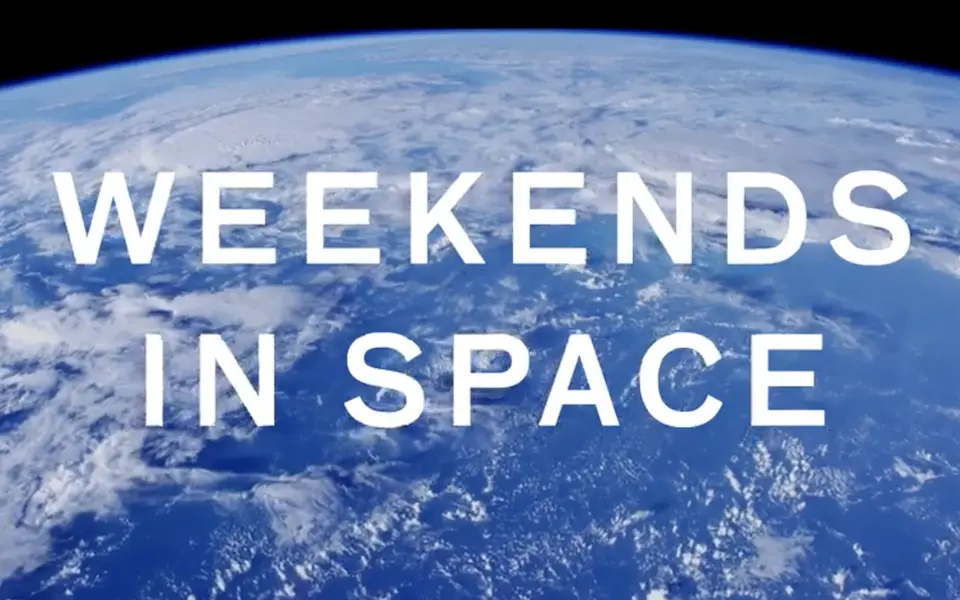
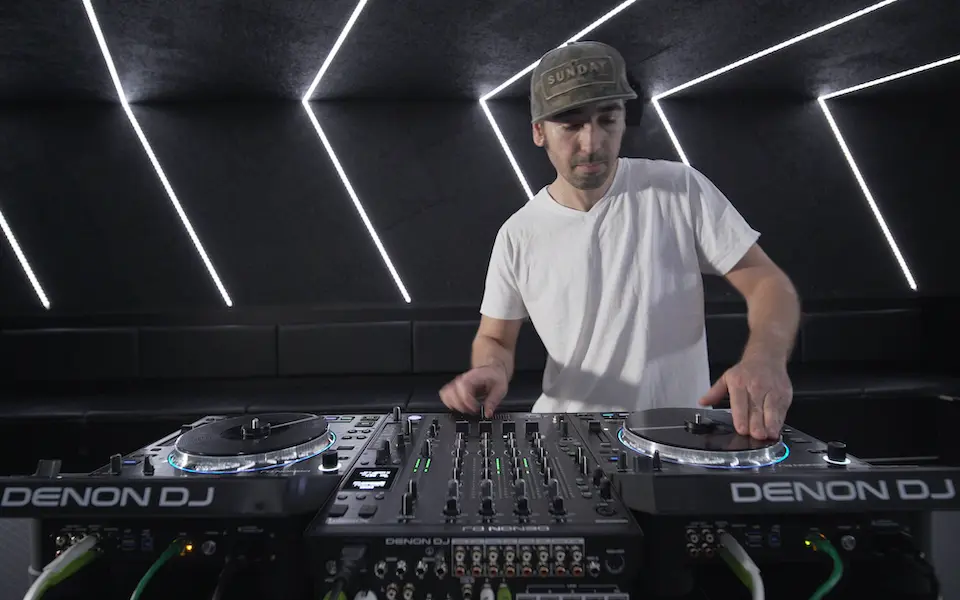
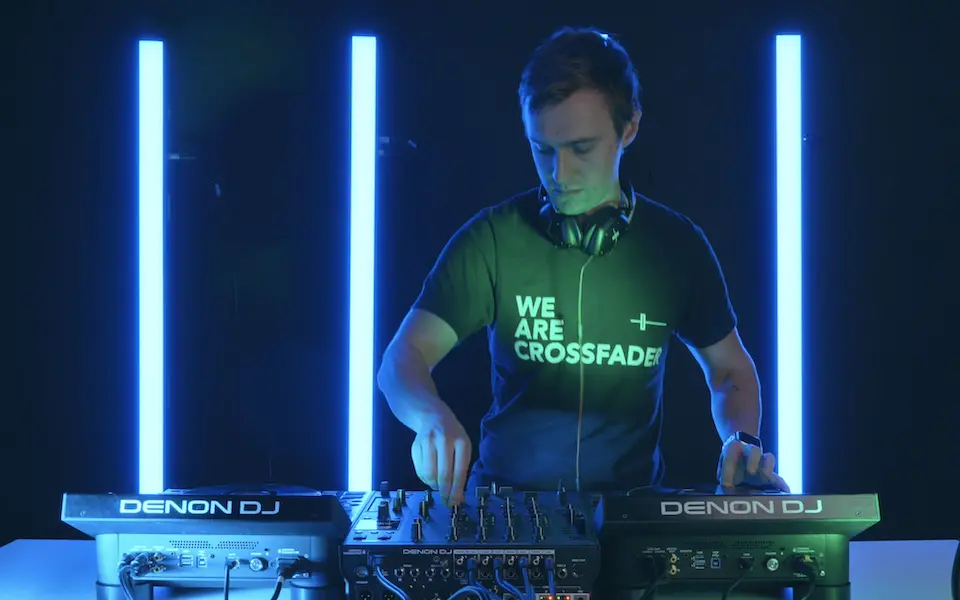



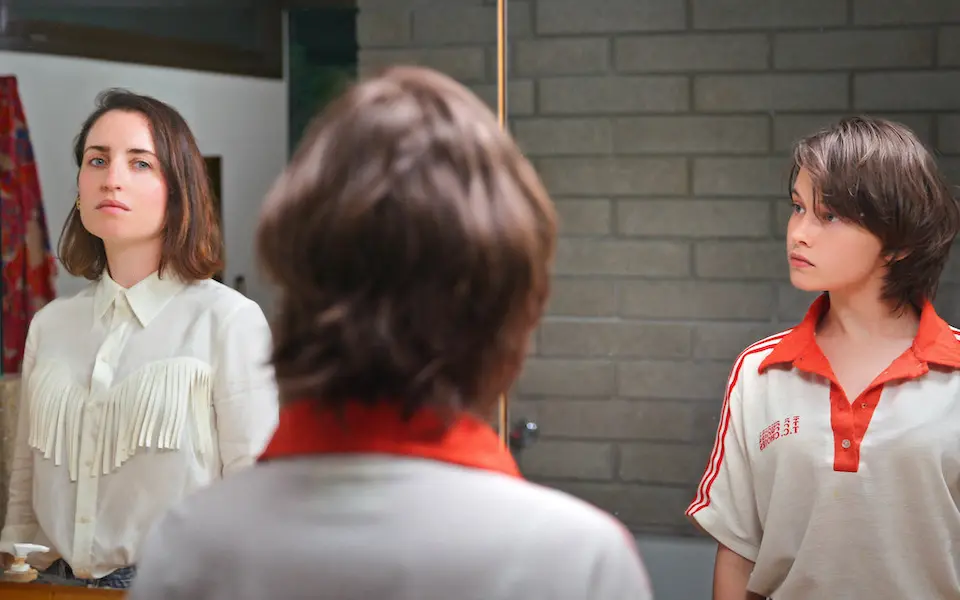

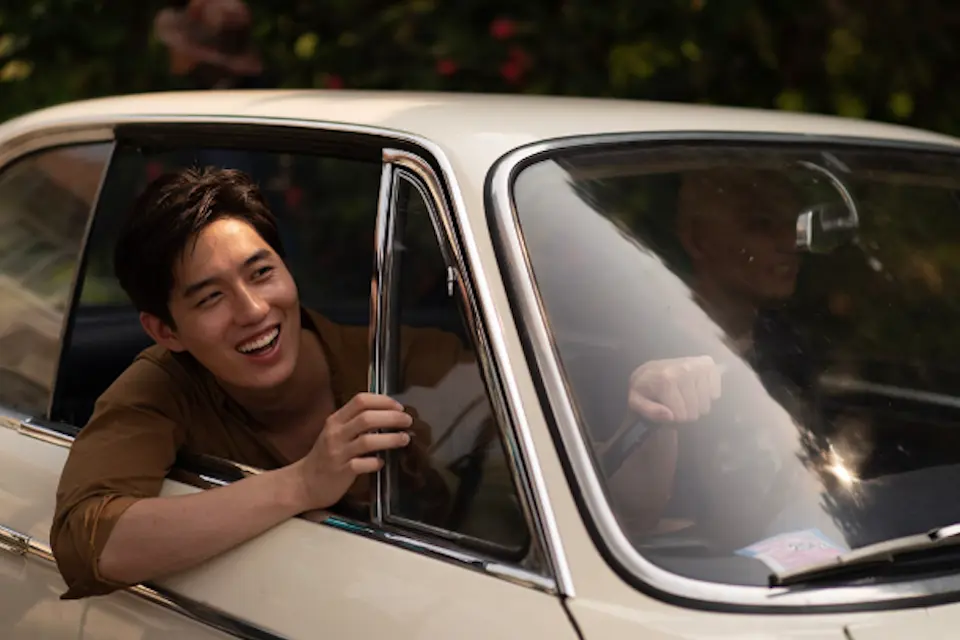


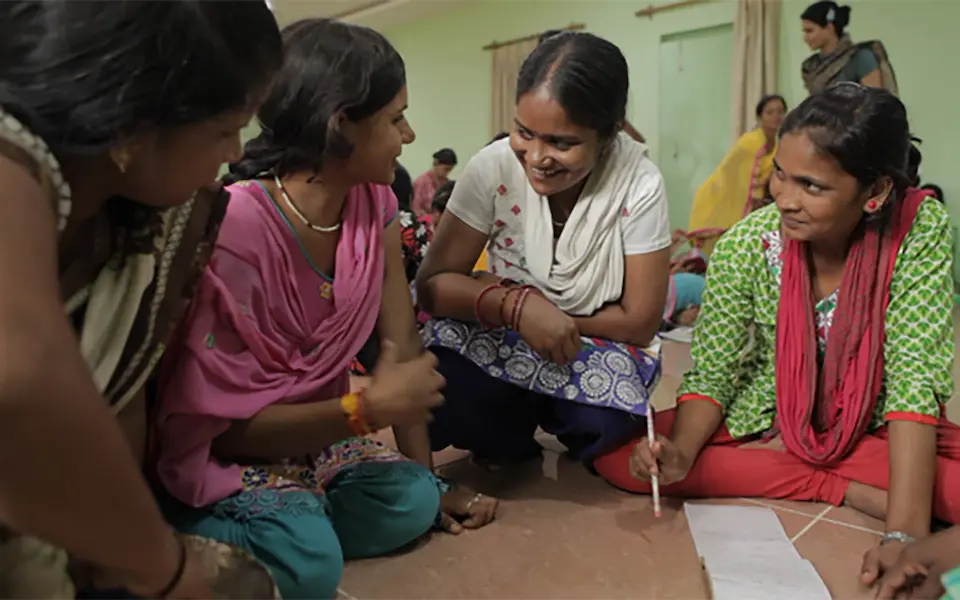
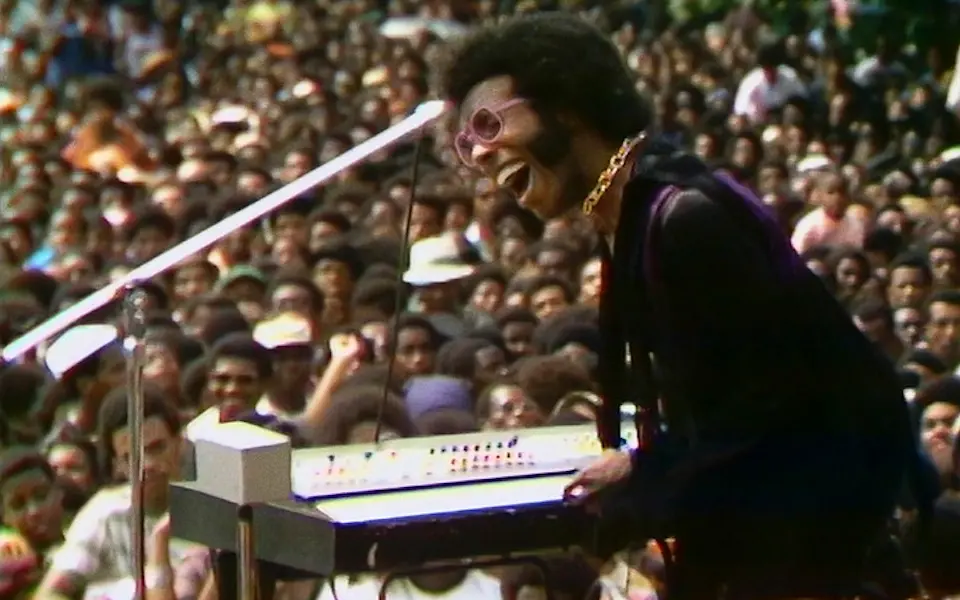
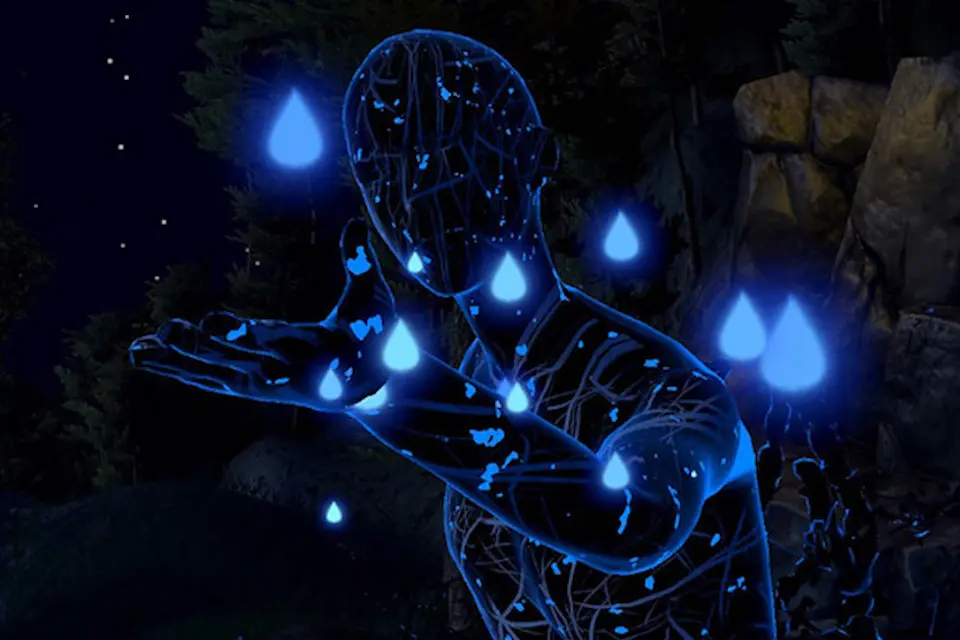
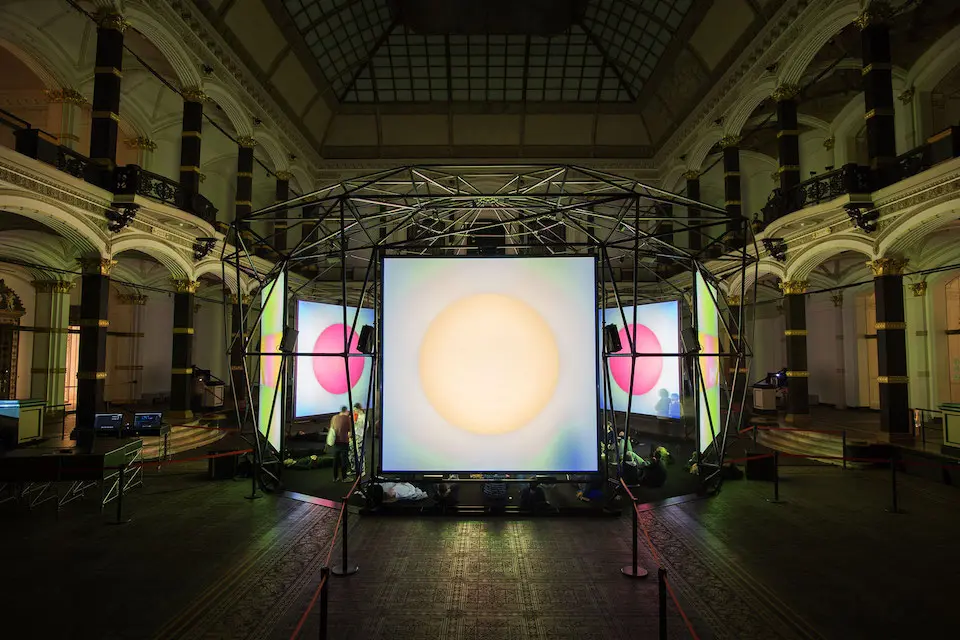


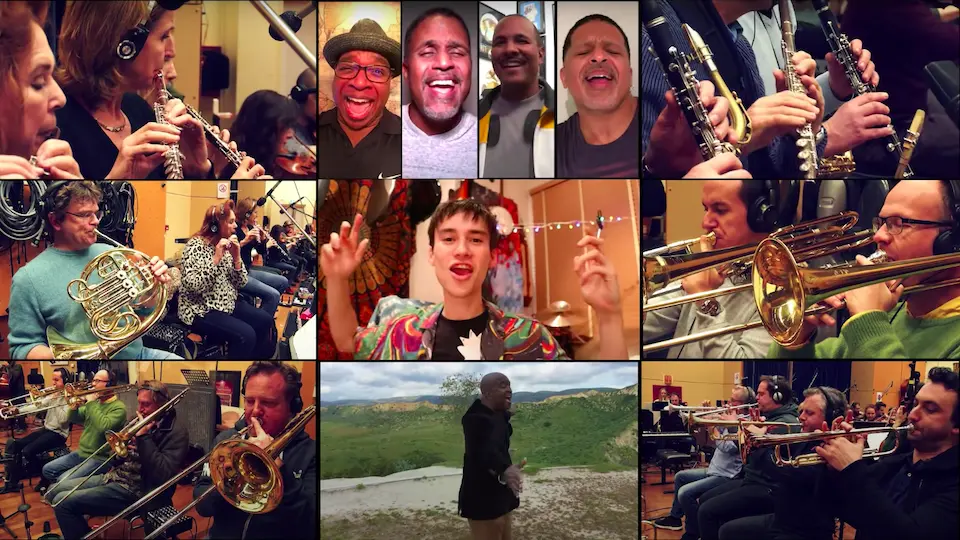

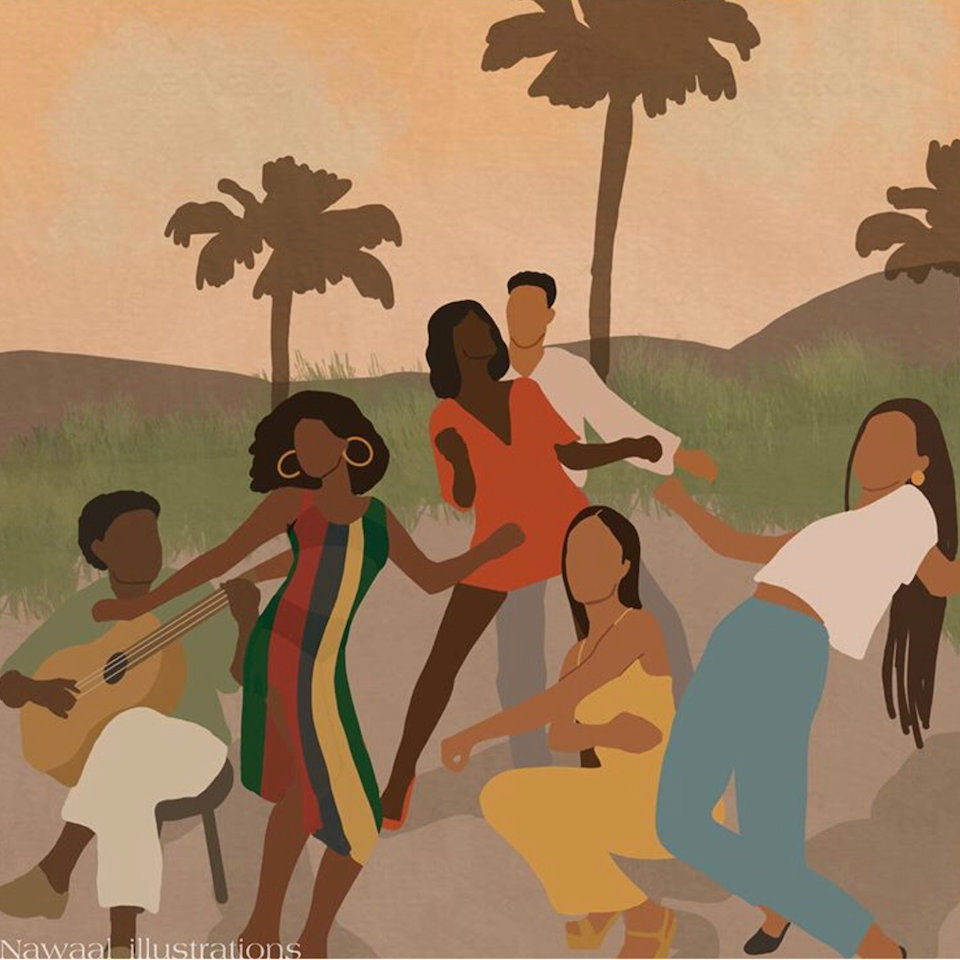


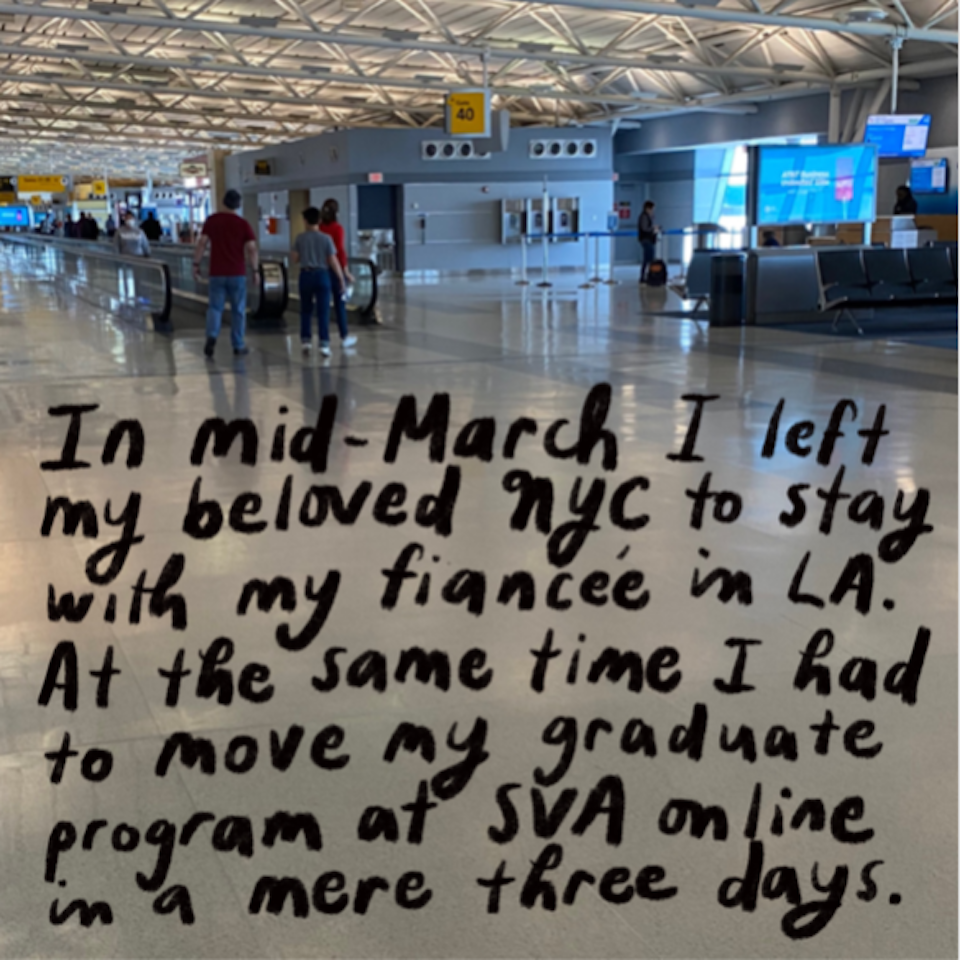
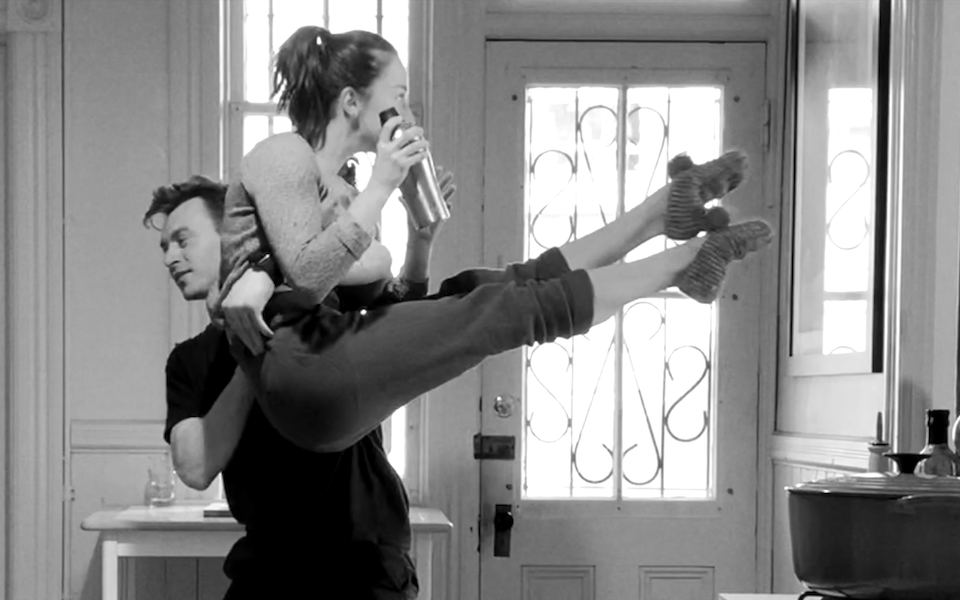
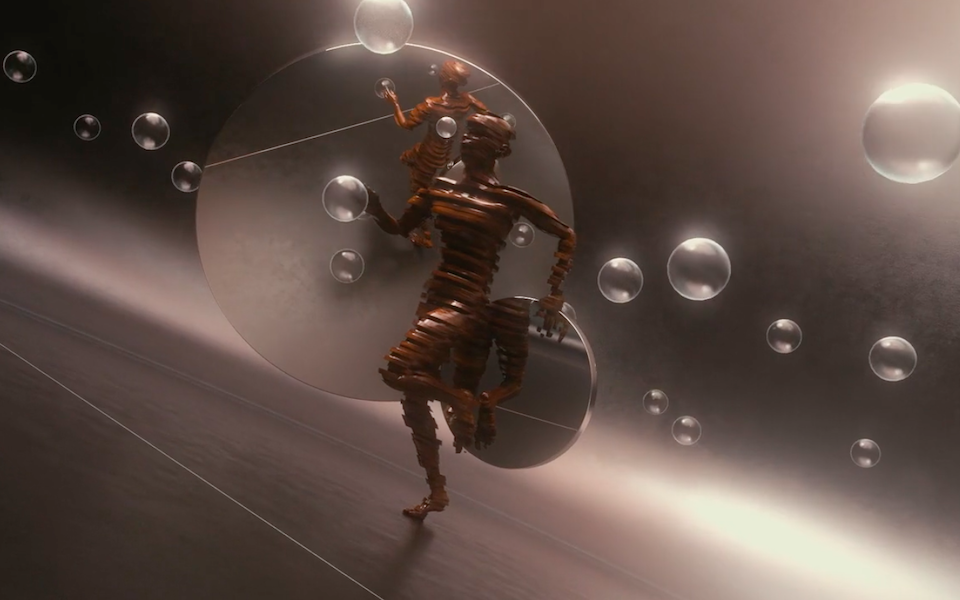




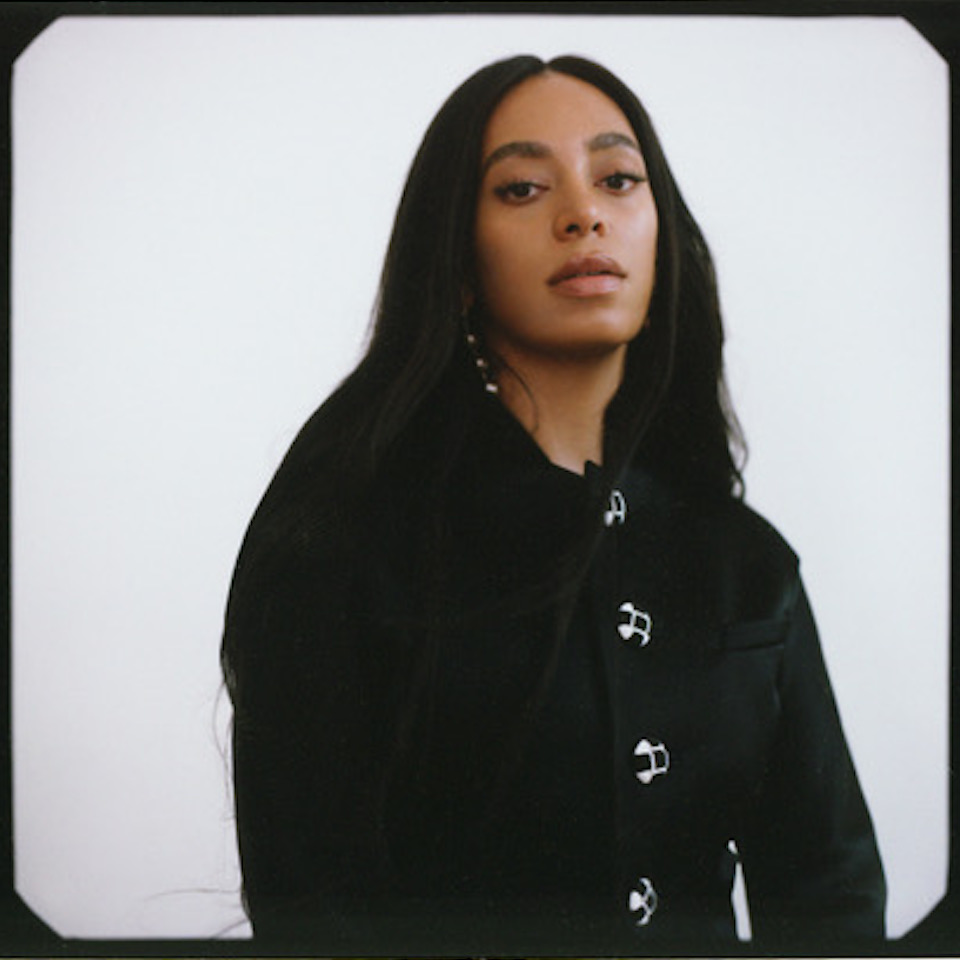

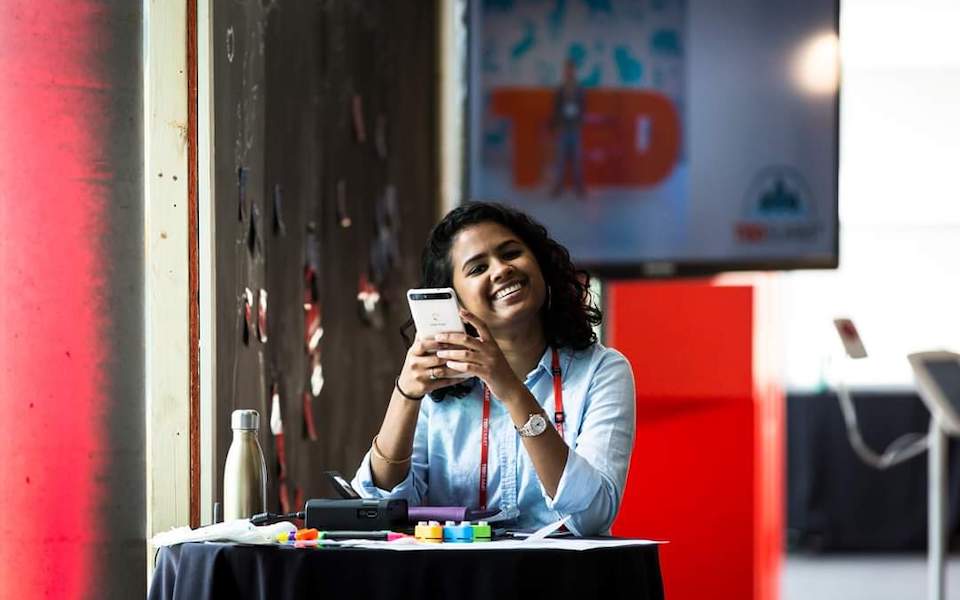


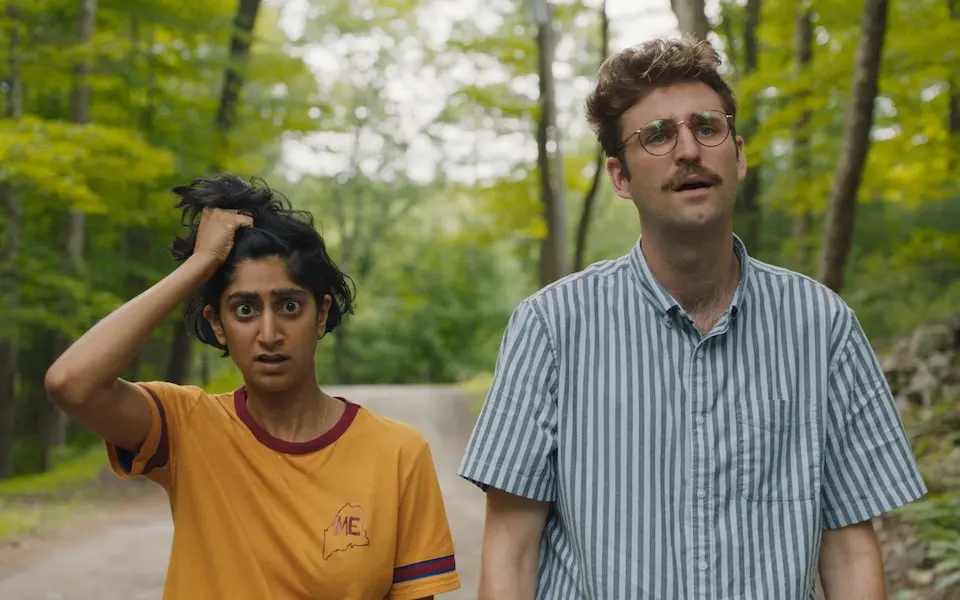
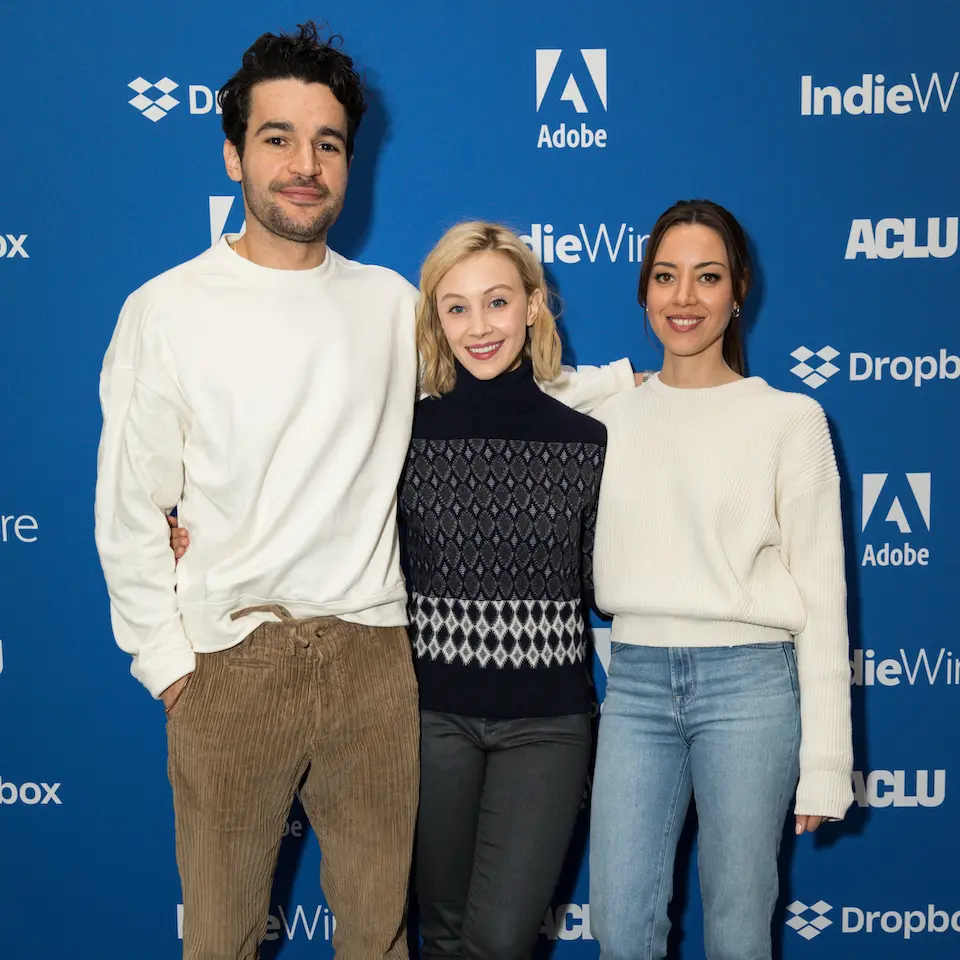
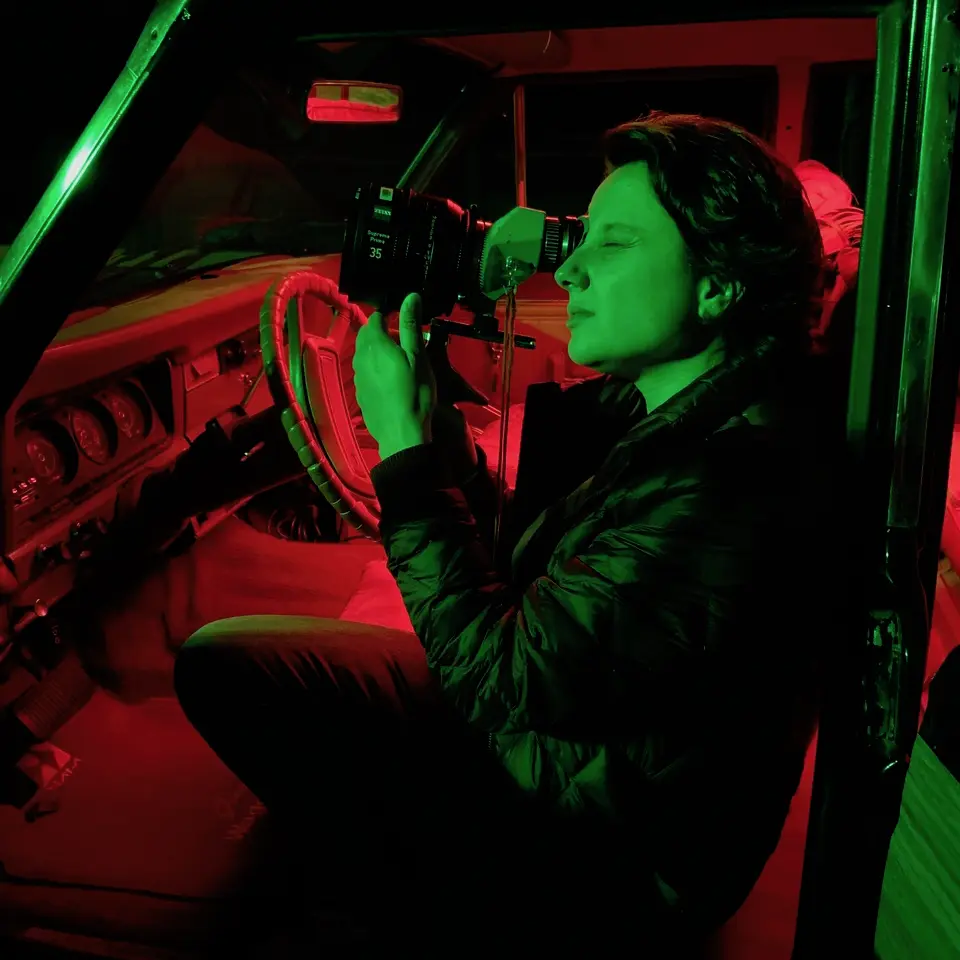
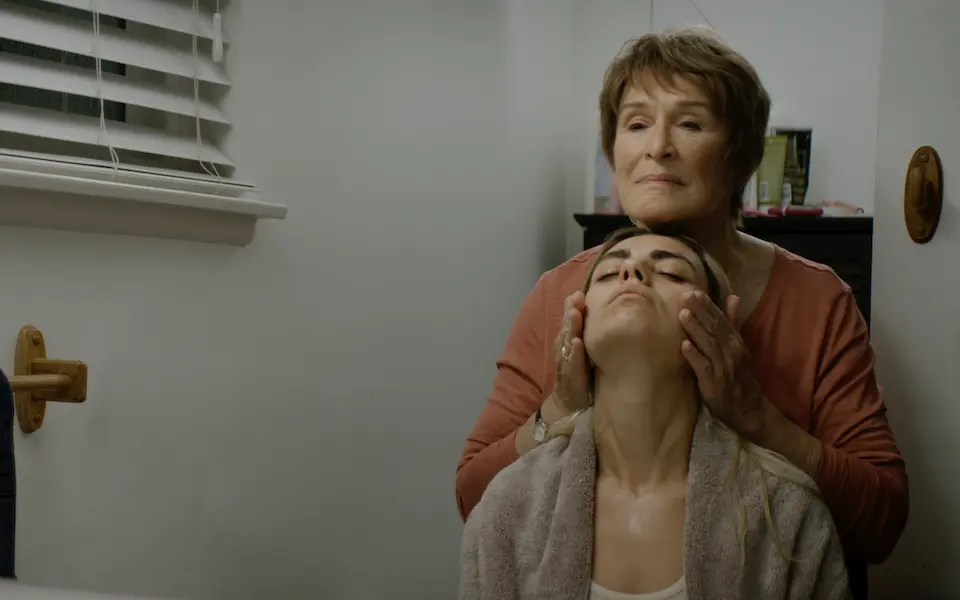

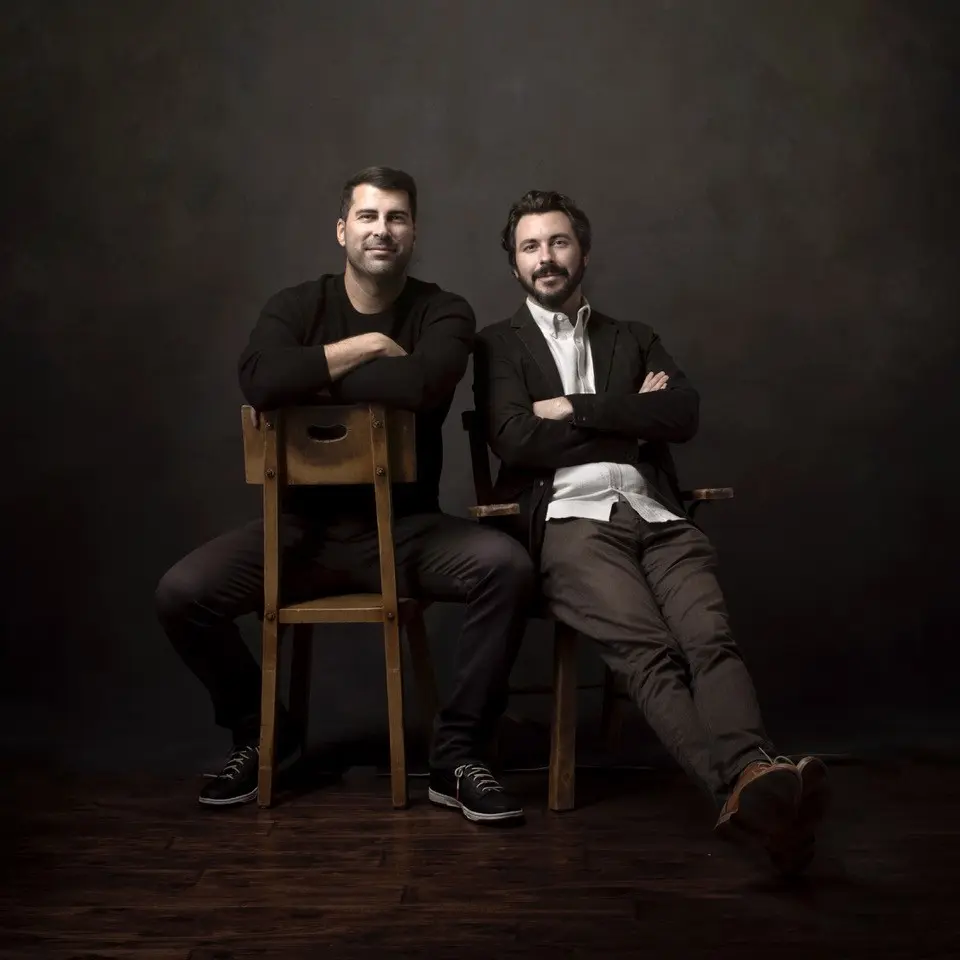



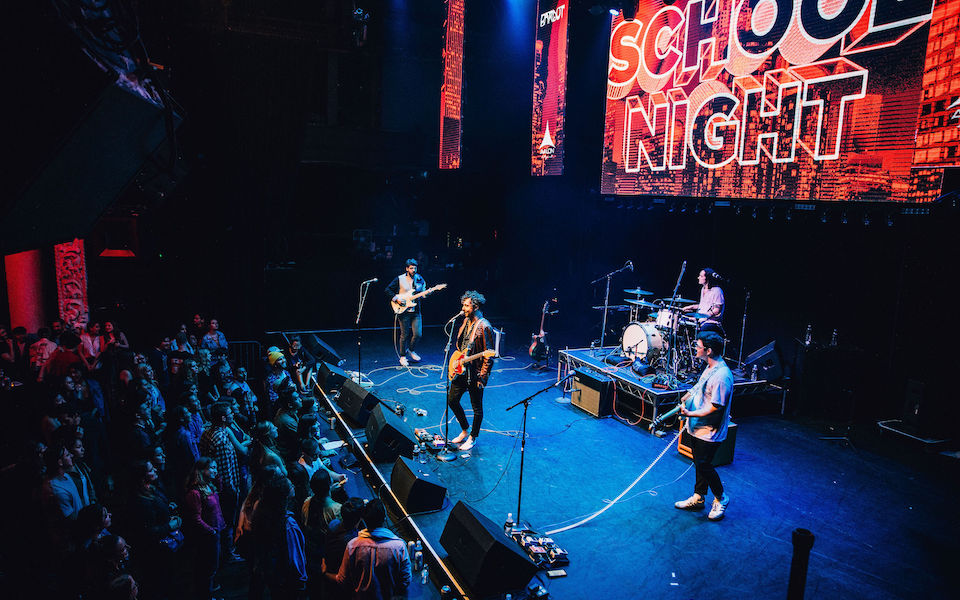






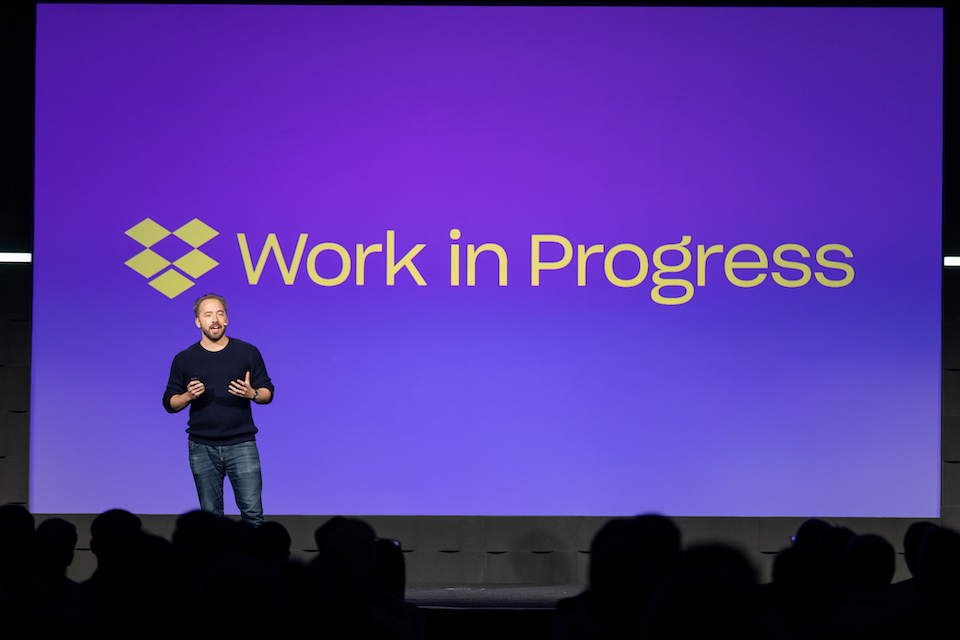



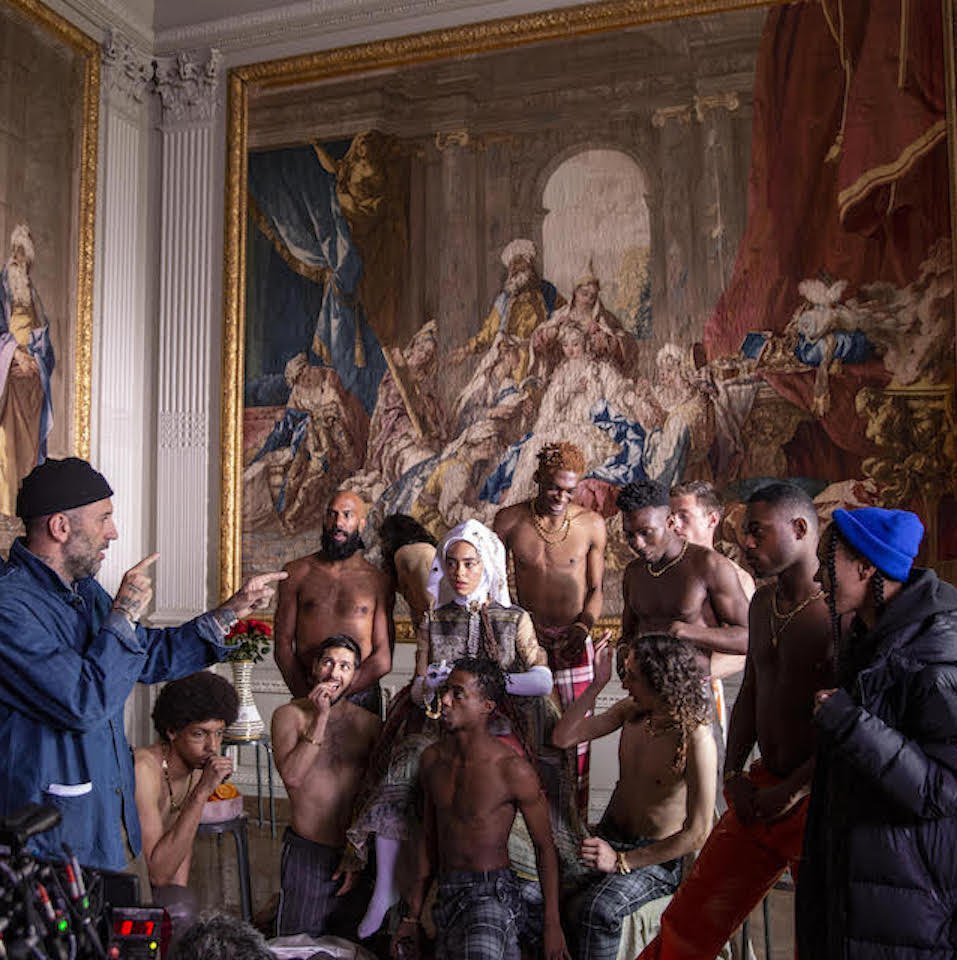

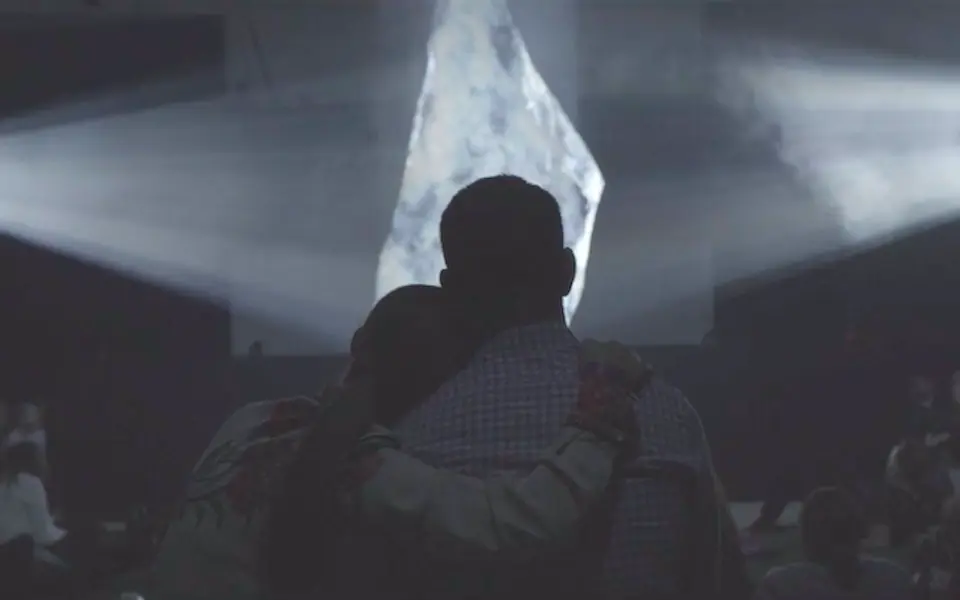
.png/_jcr_content/renditions/Karen%20O%20%2B%20Danger%20Mouse%20(photo%20by%20Eliot%20Lee%20Hazel).webp)


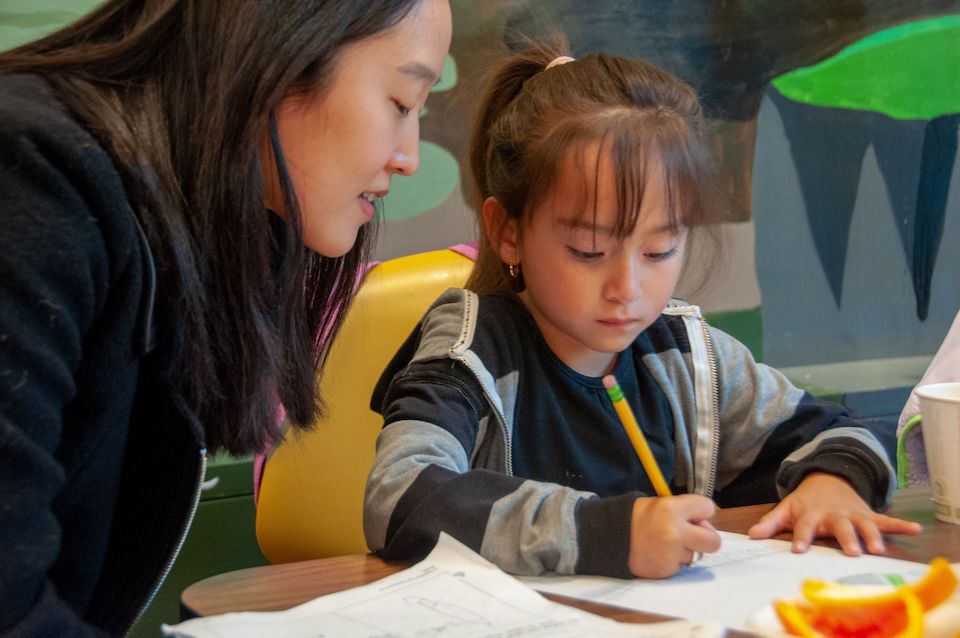


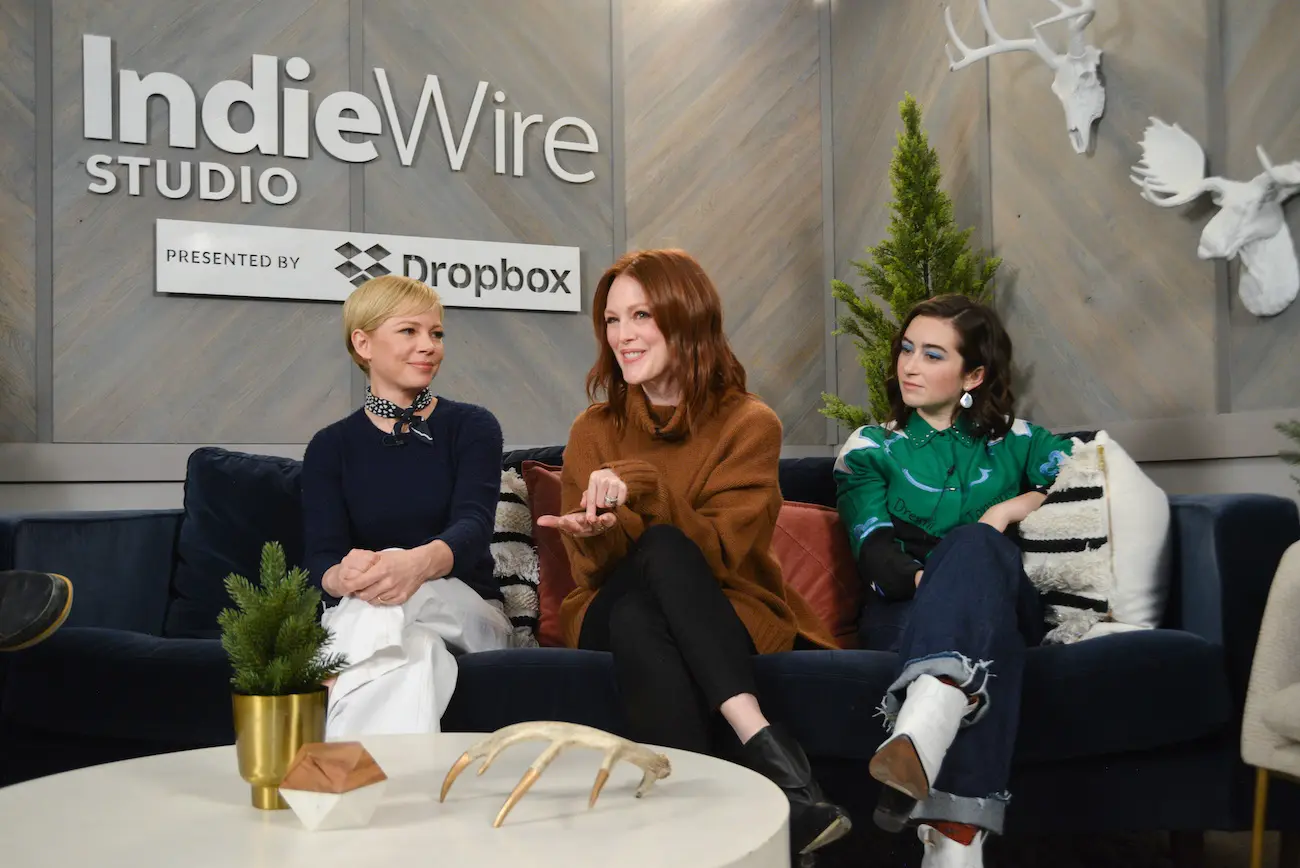


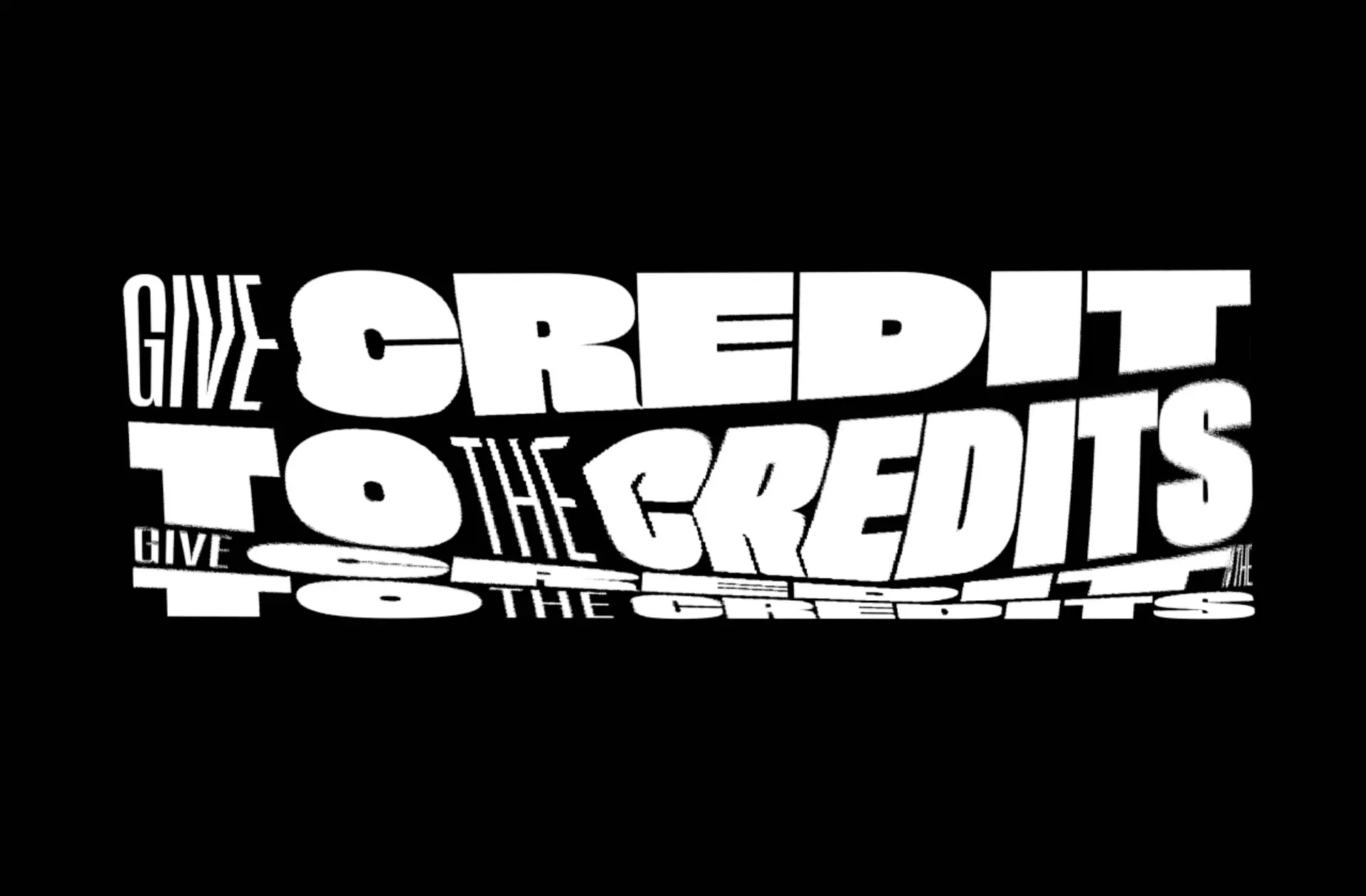
.jpg/_jcr_content/renditions/Extremely%20Wicked%20Shockingly%20Evil%20and%20Vile_Sundance19_Director%20Joe%20Berlinger%20(3).webp)

.jpg/_jcr_content/renditions/Bedlam%2014%20(1).webp)
